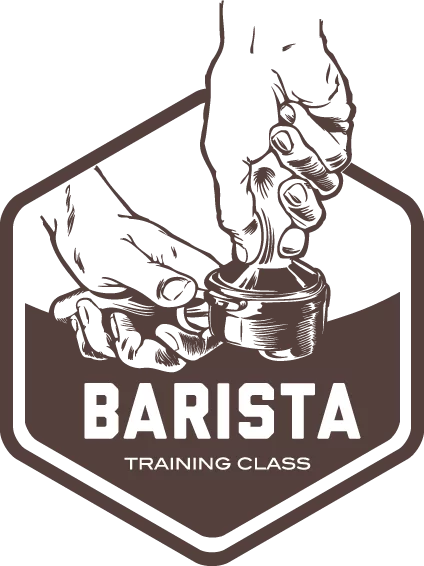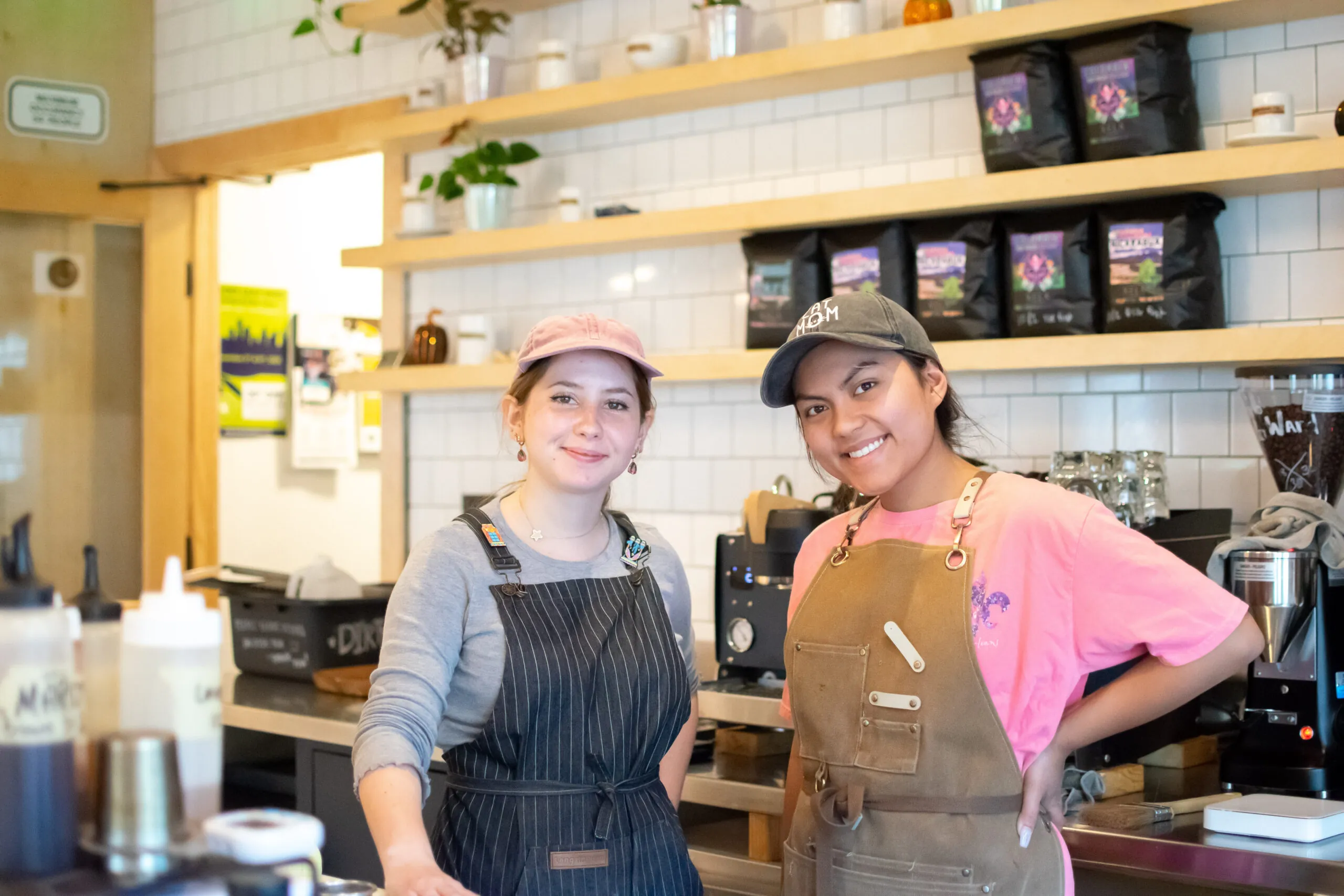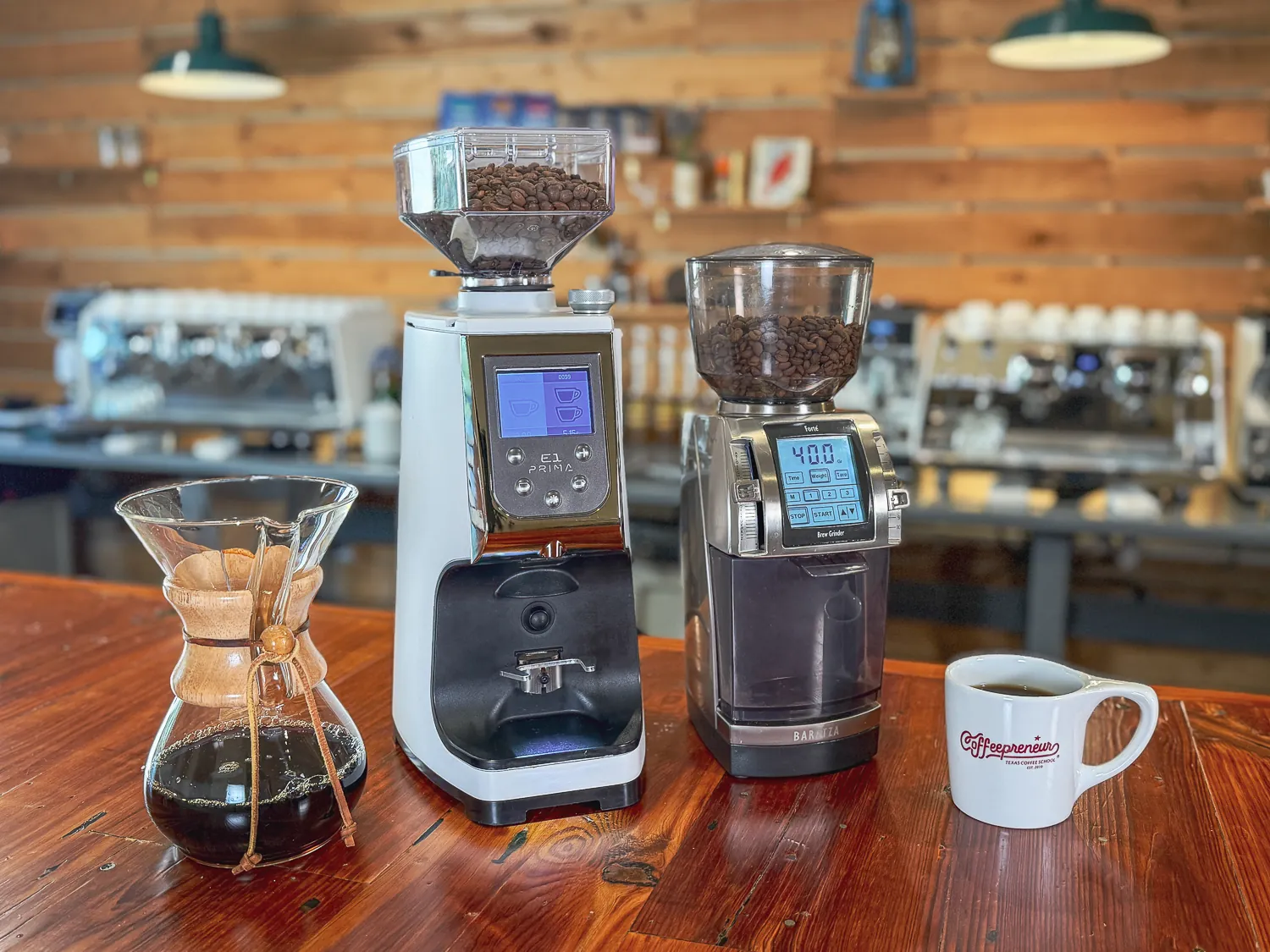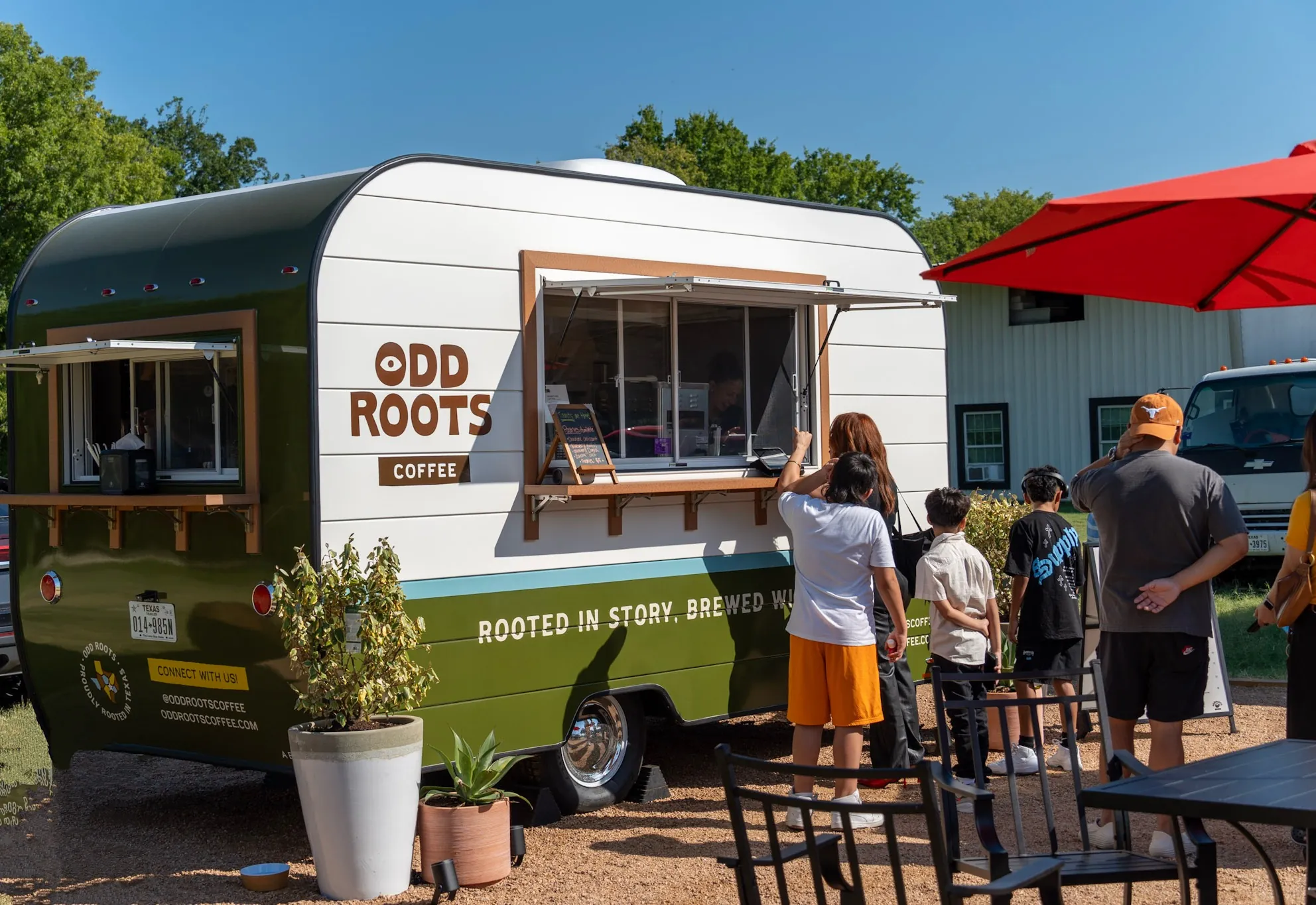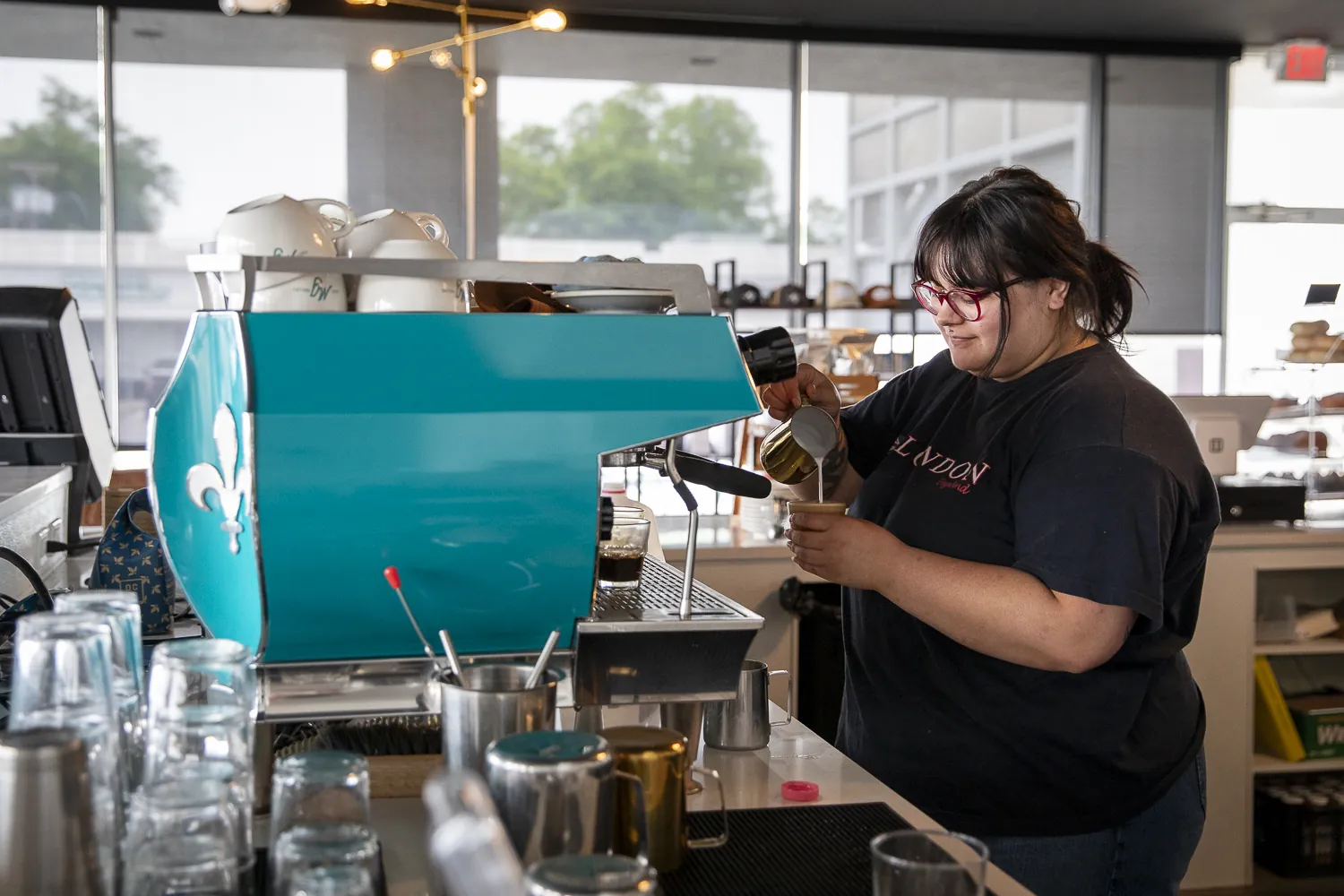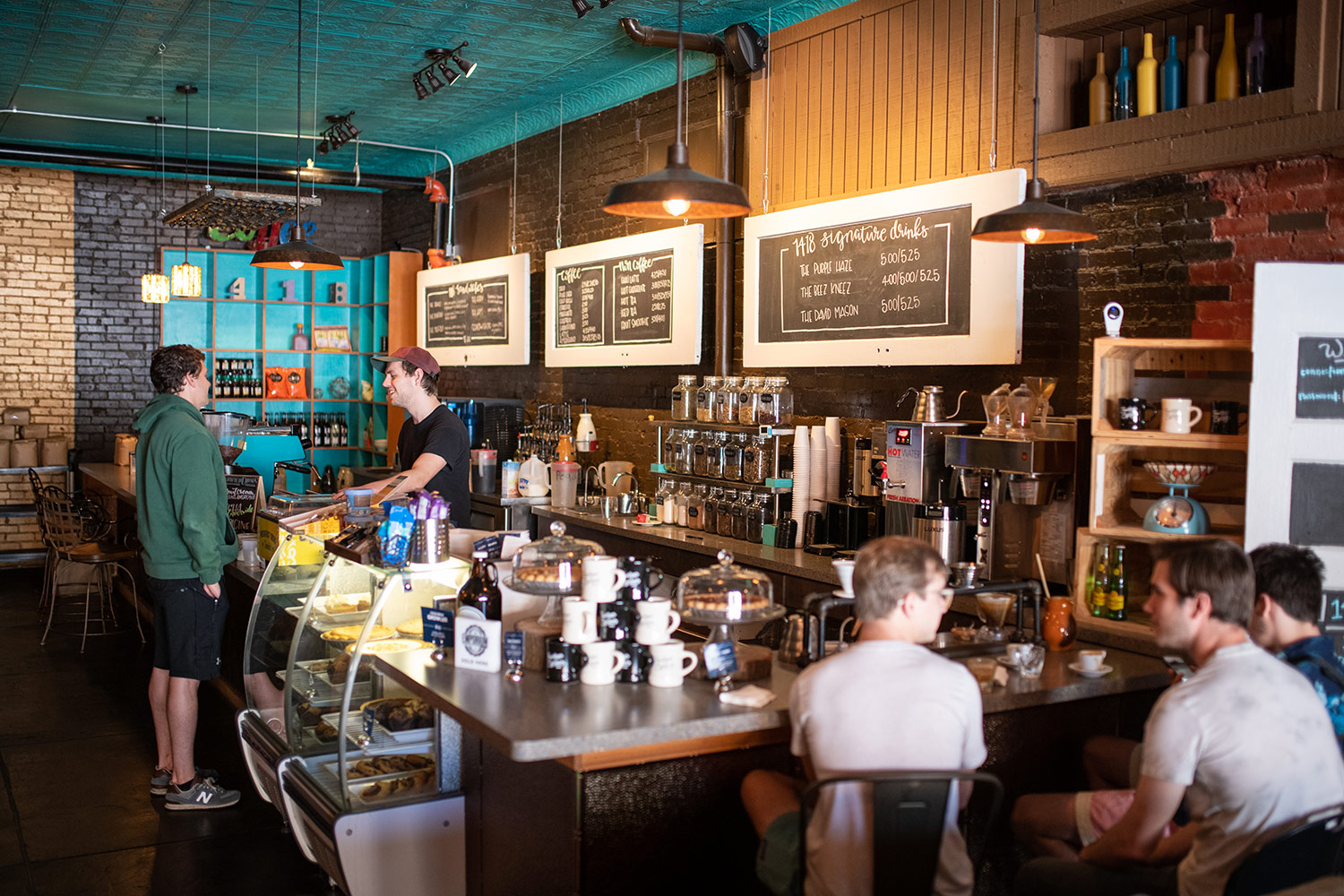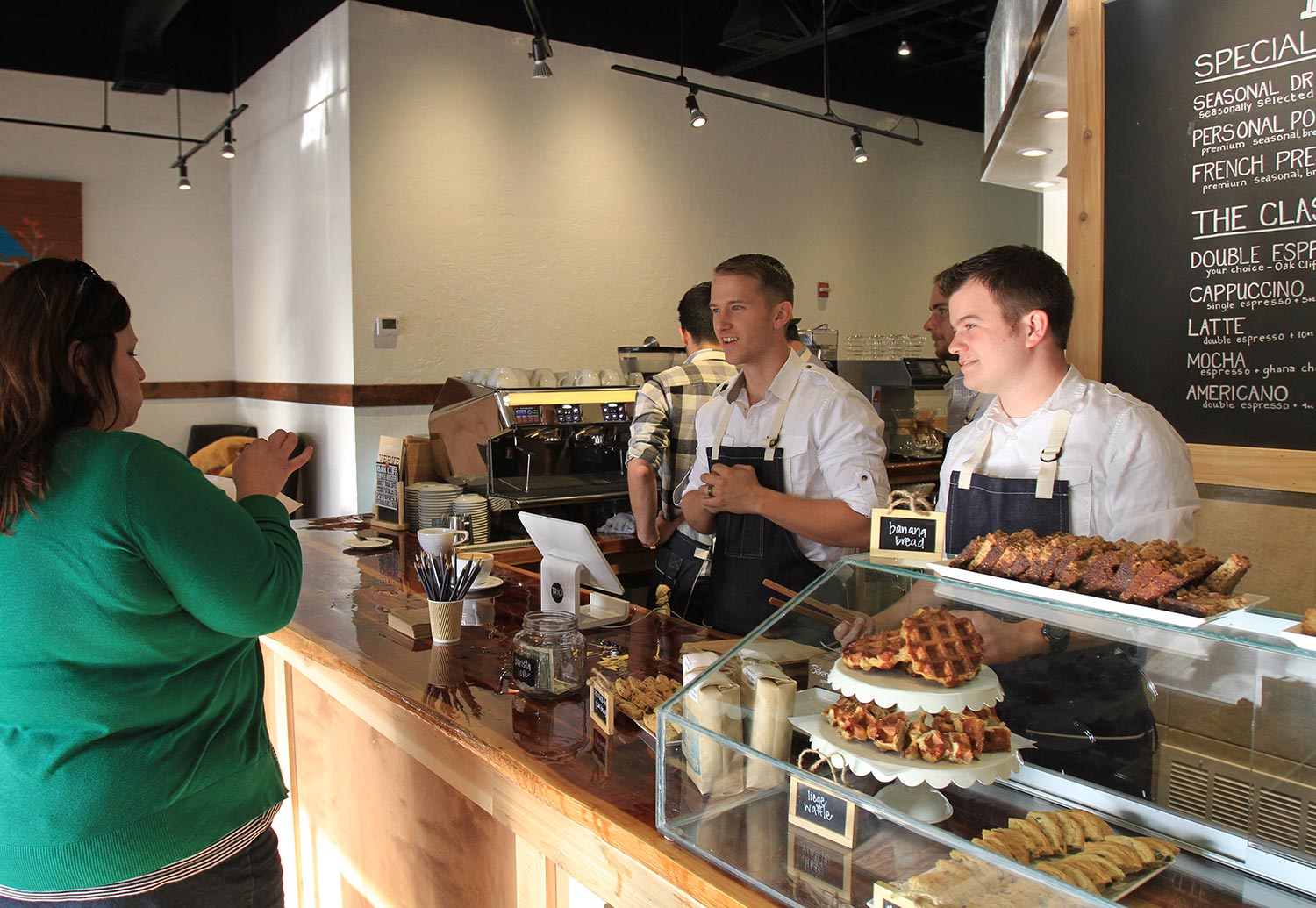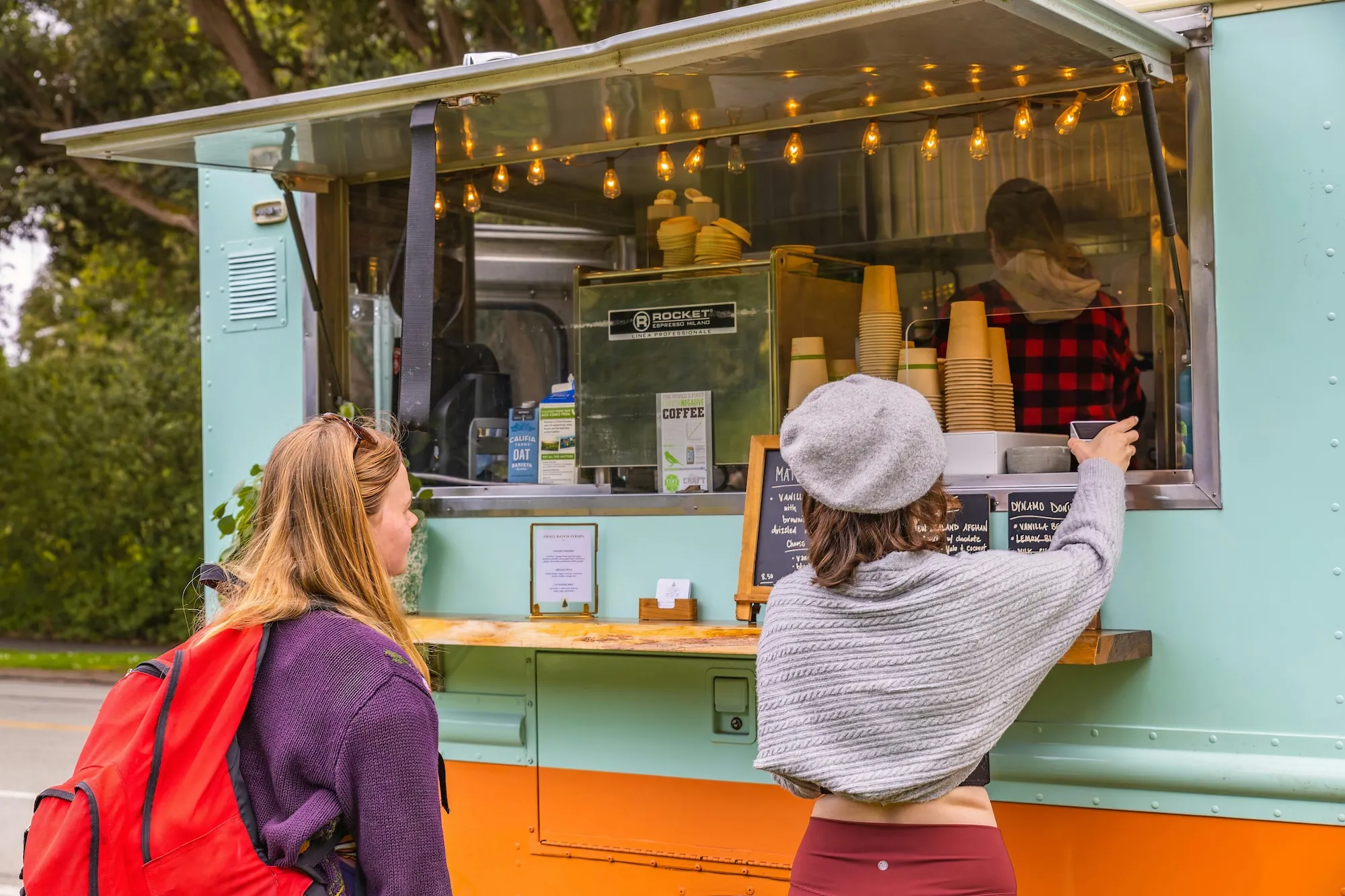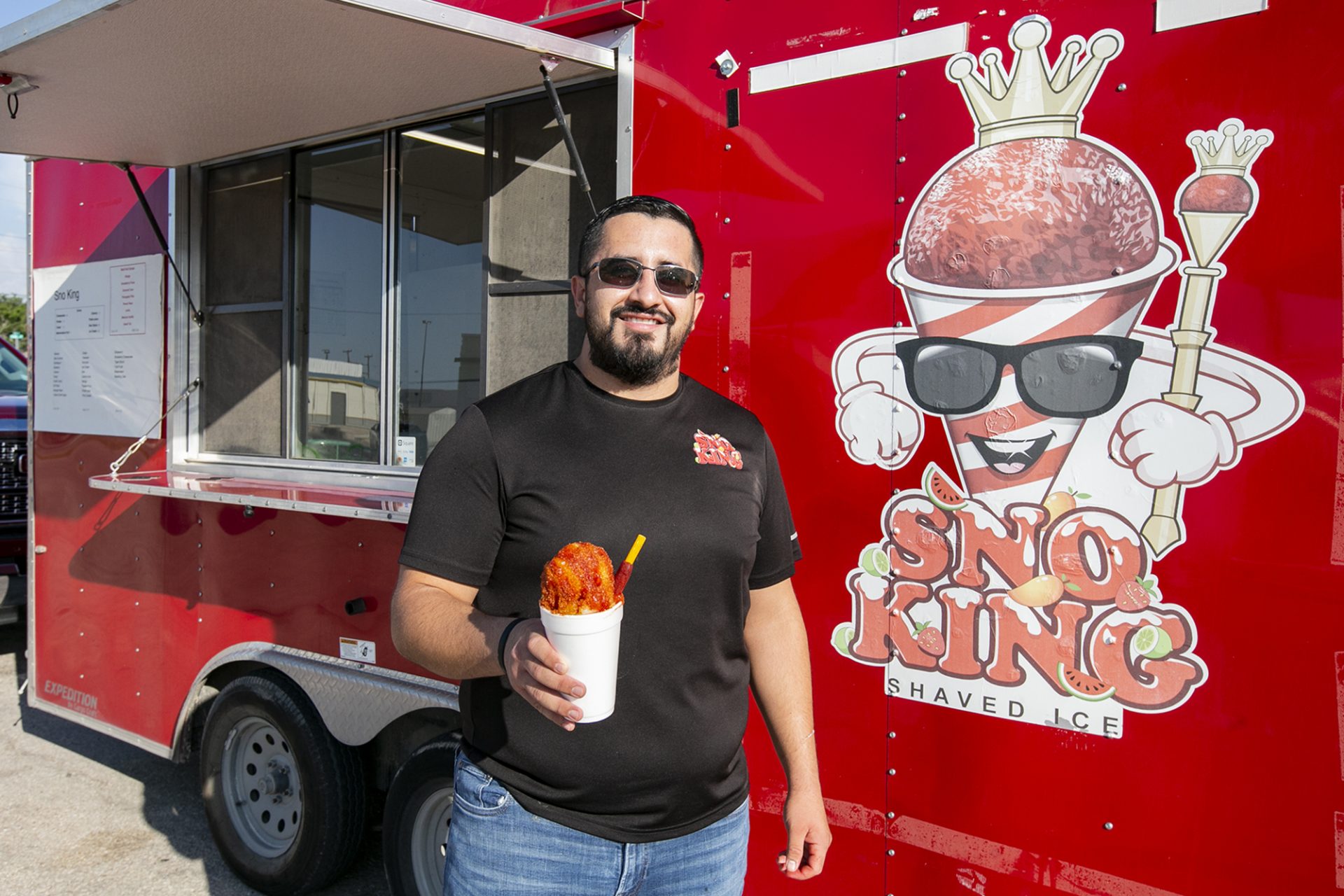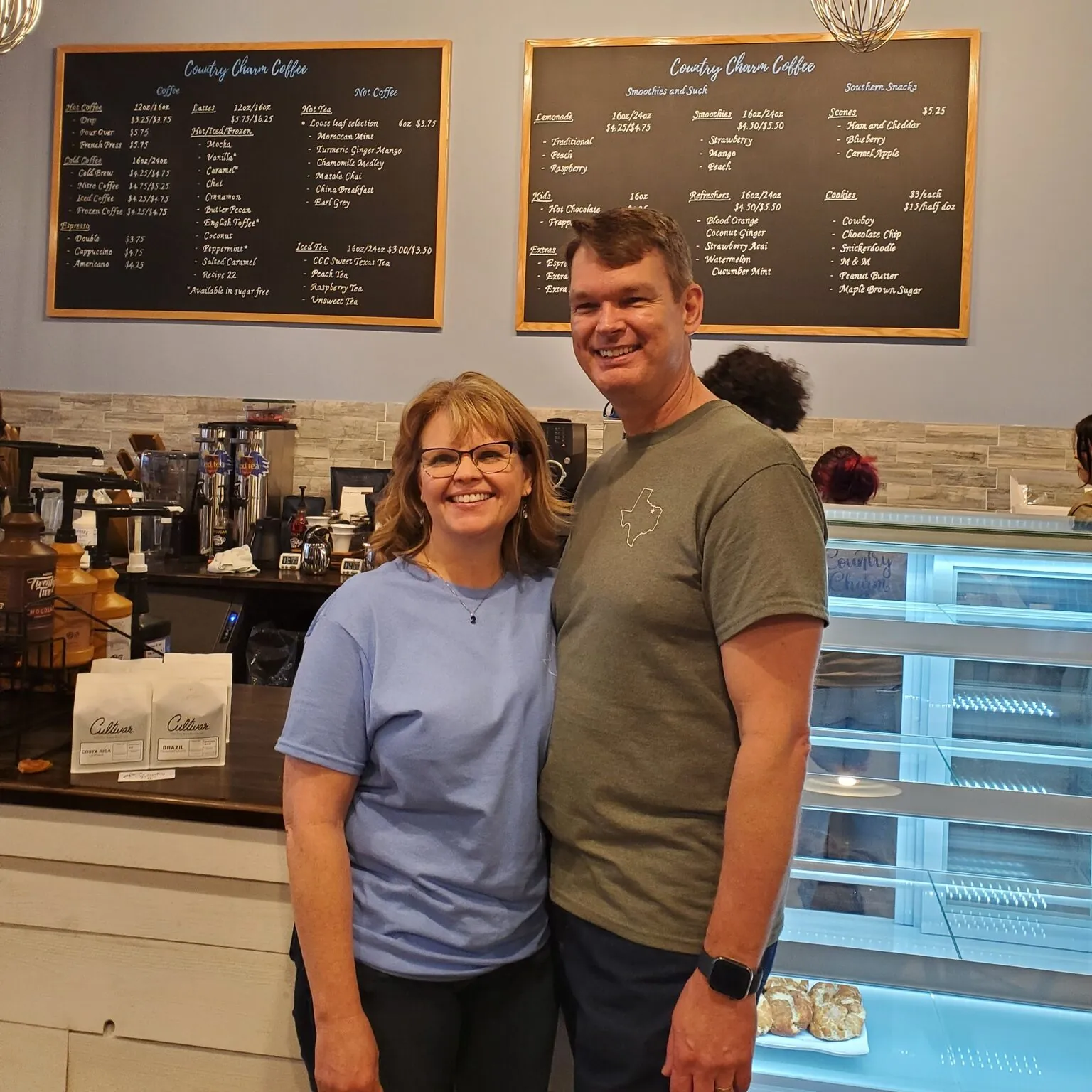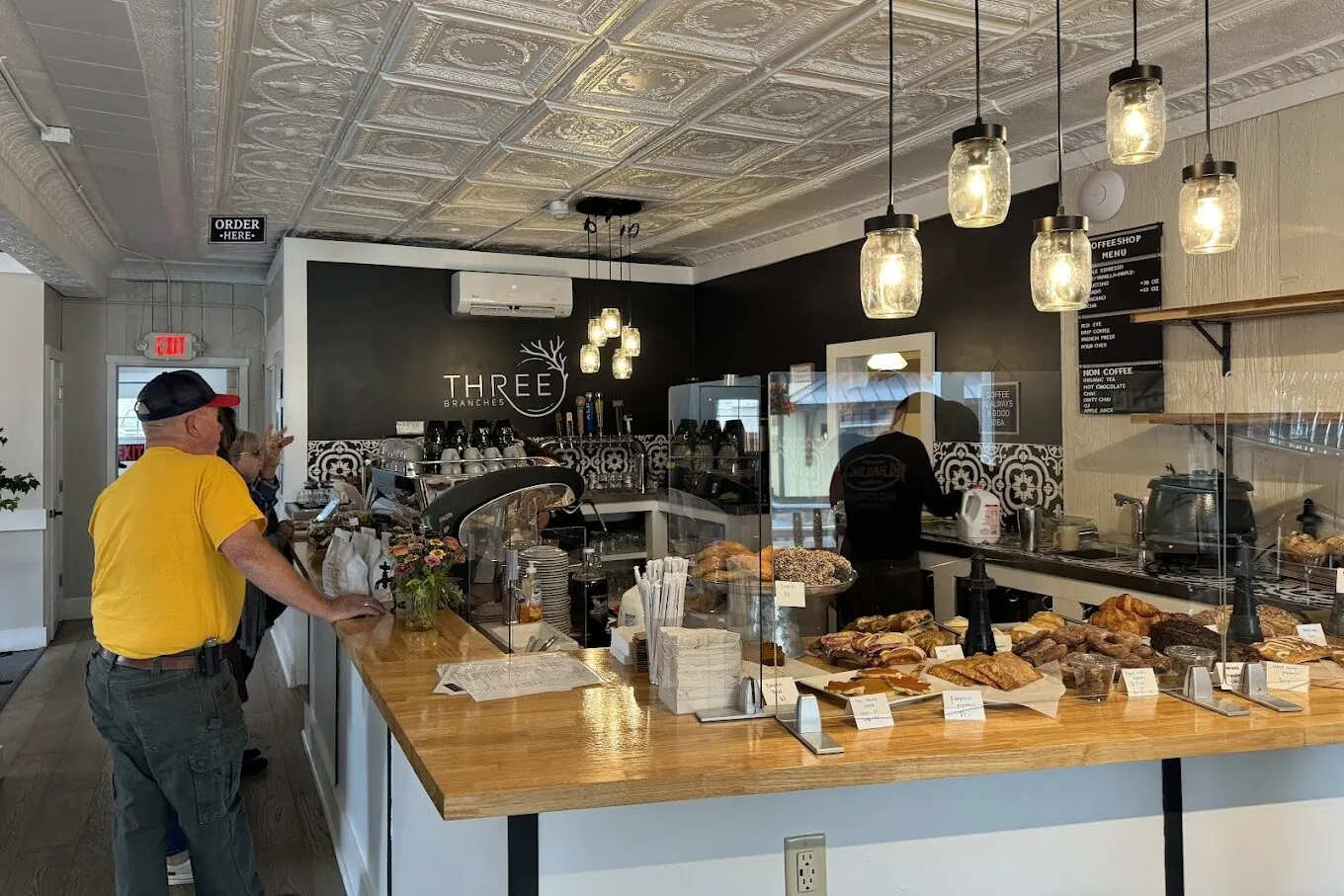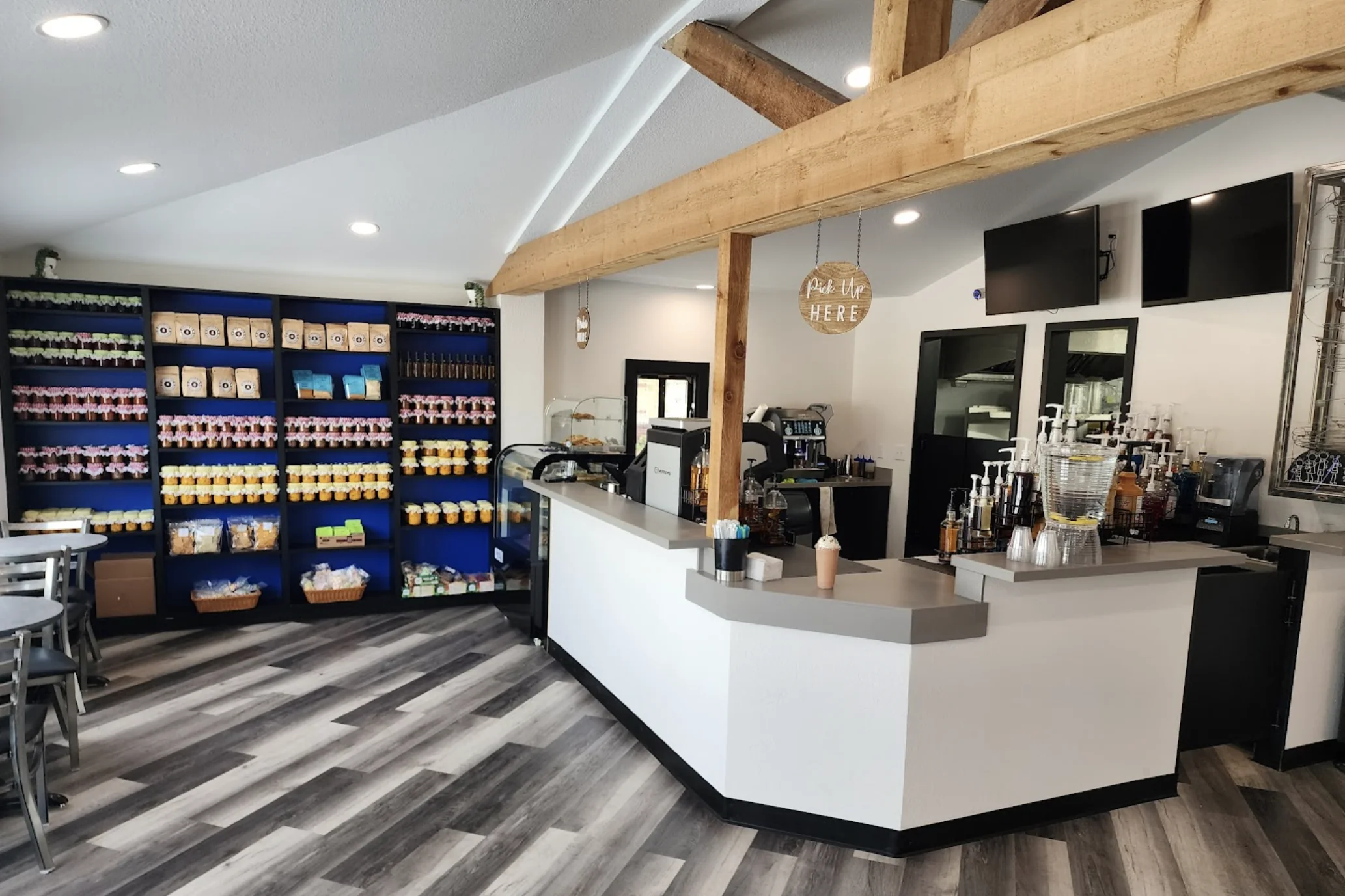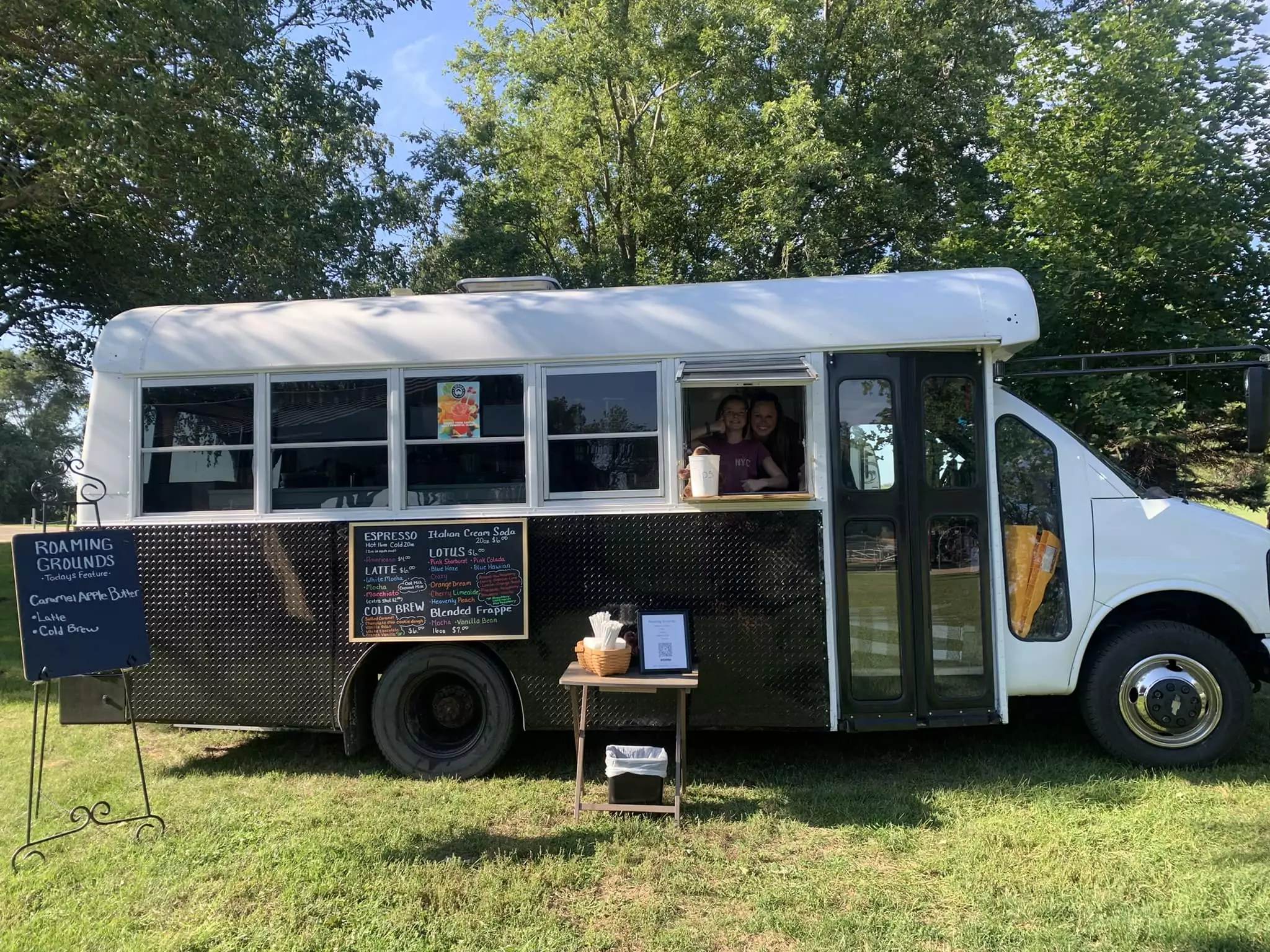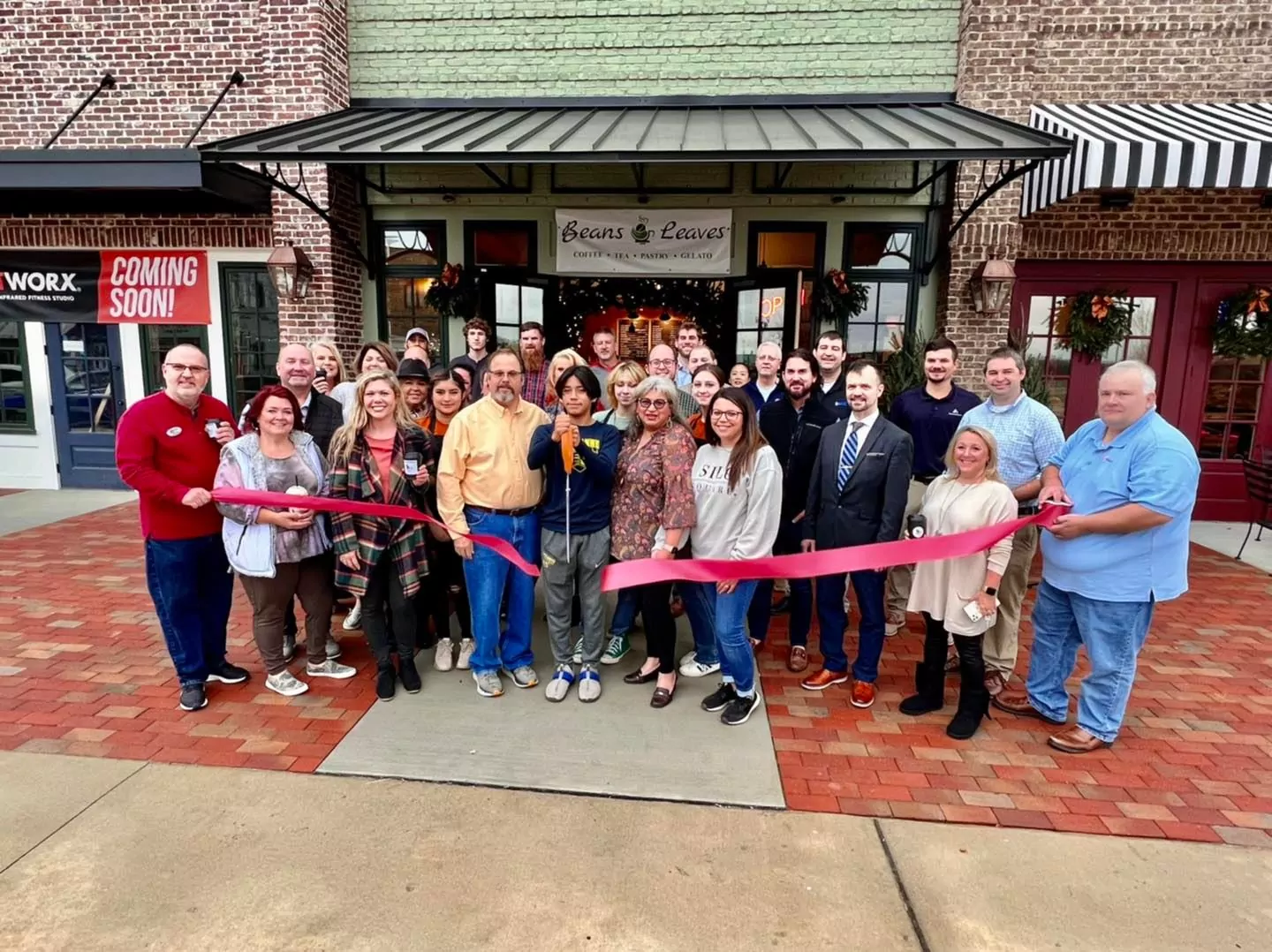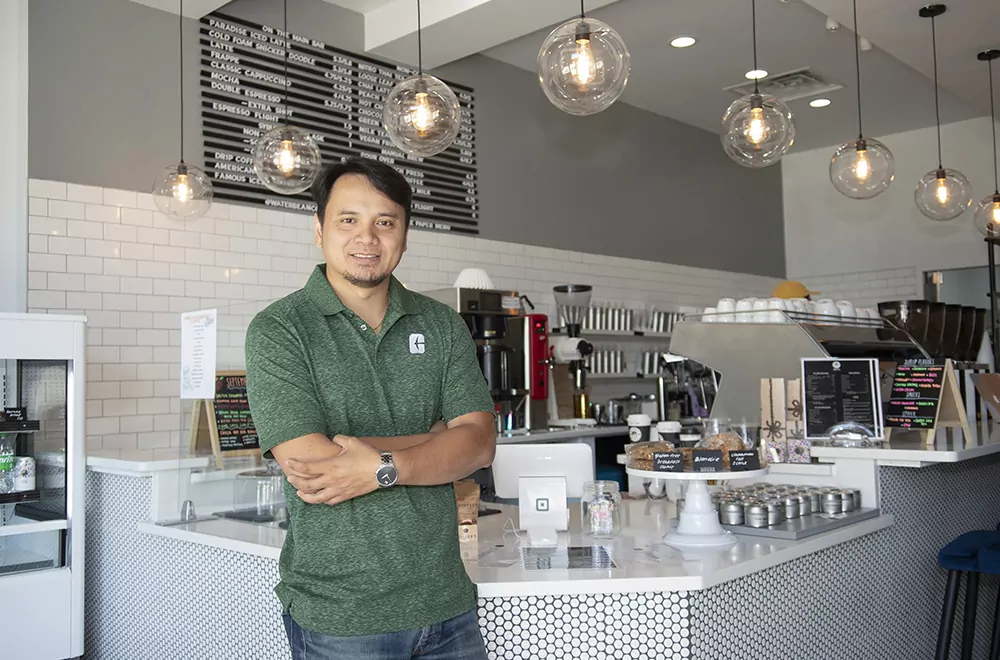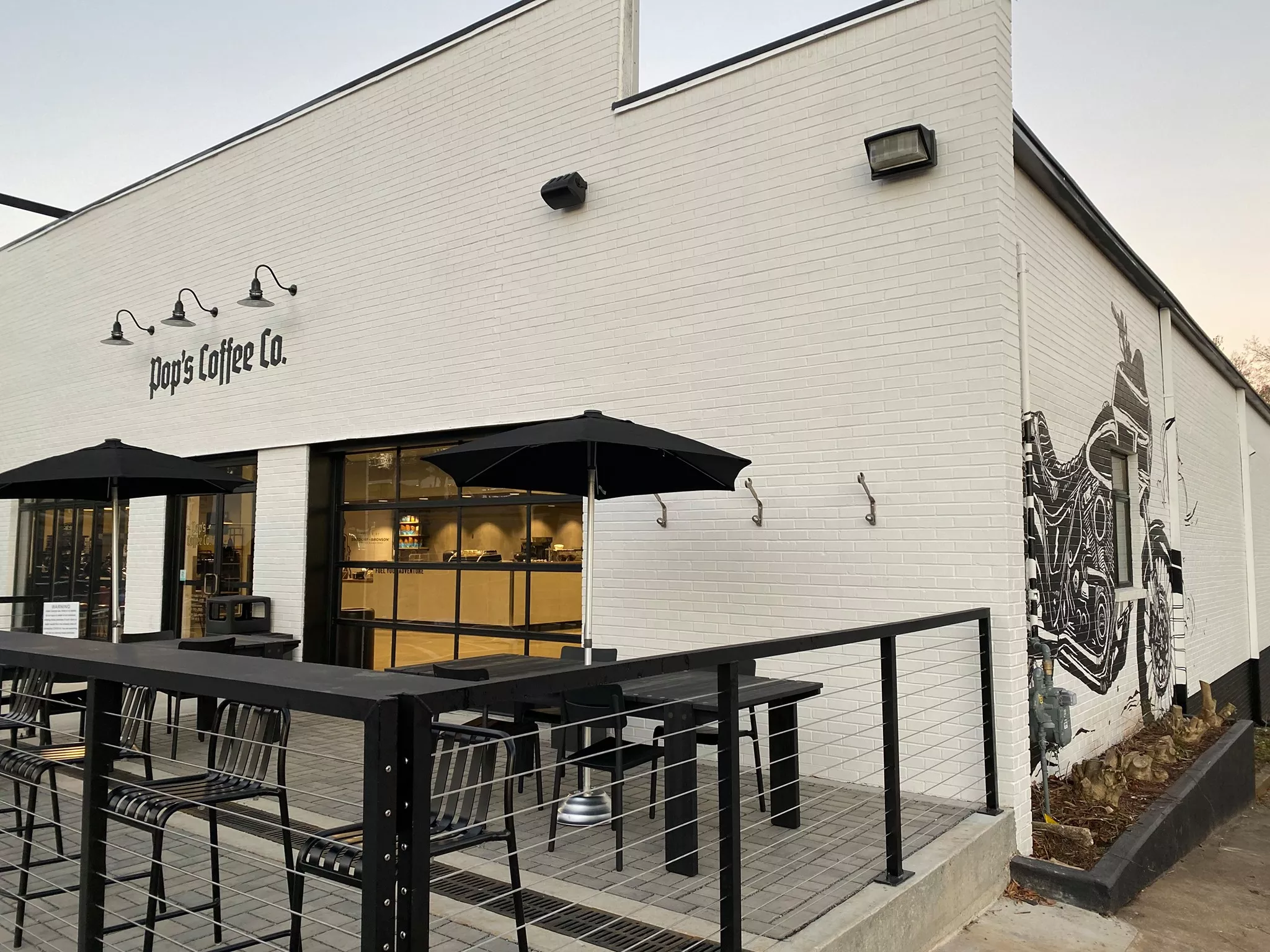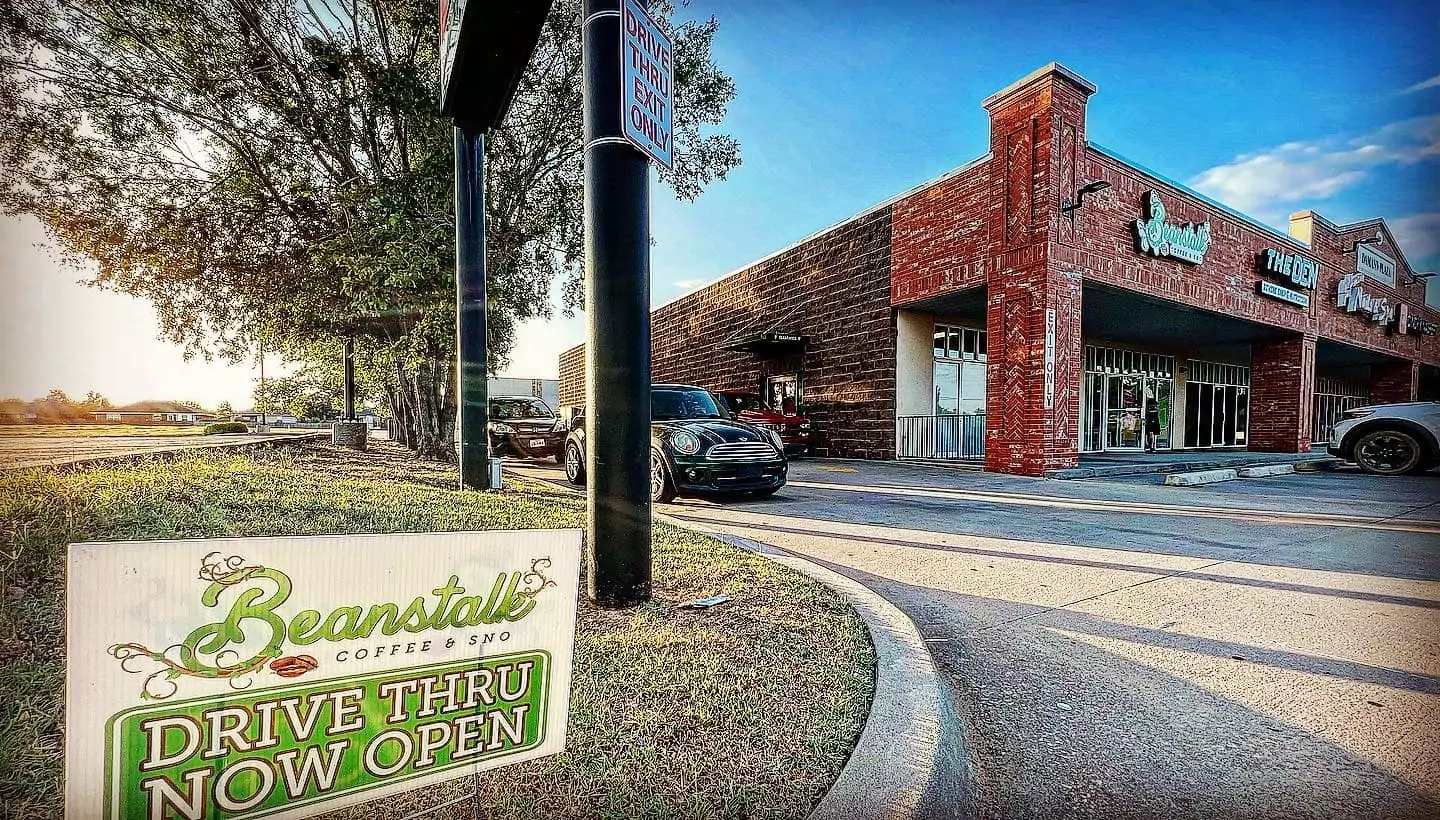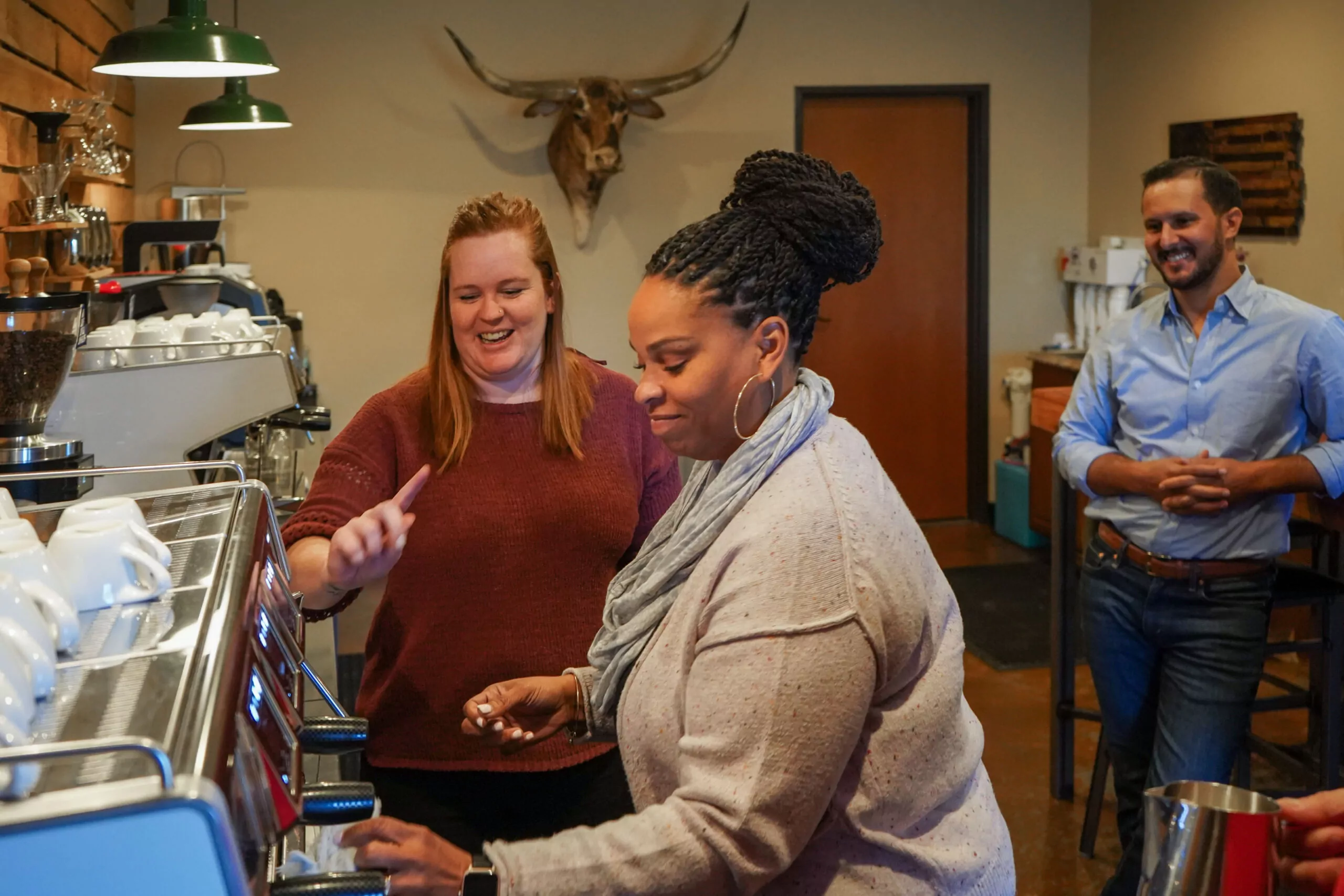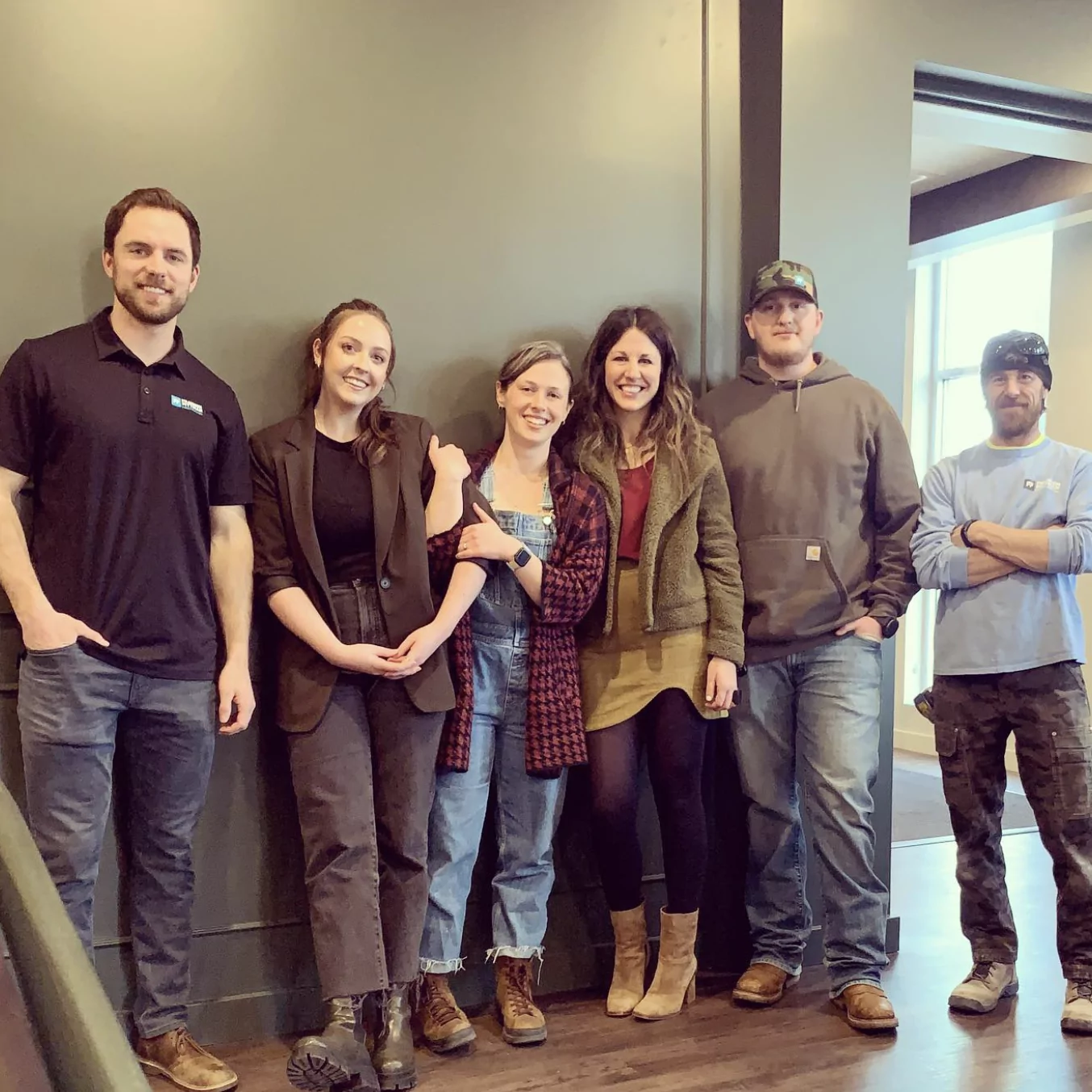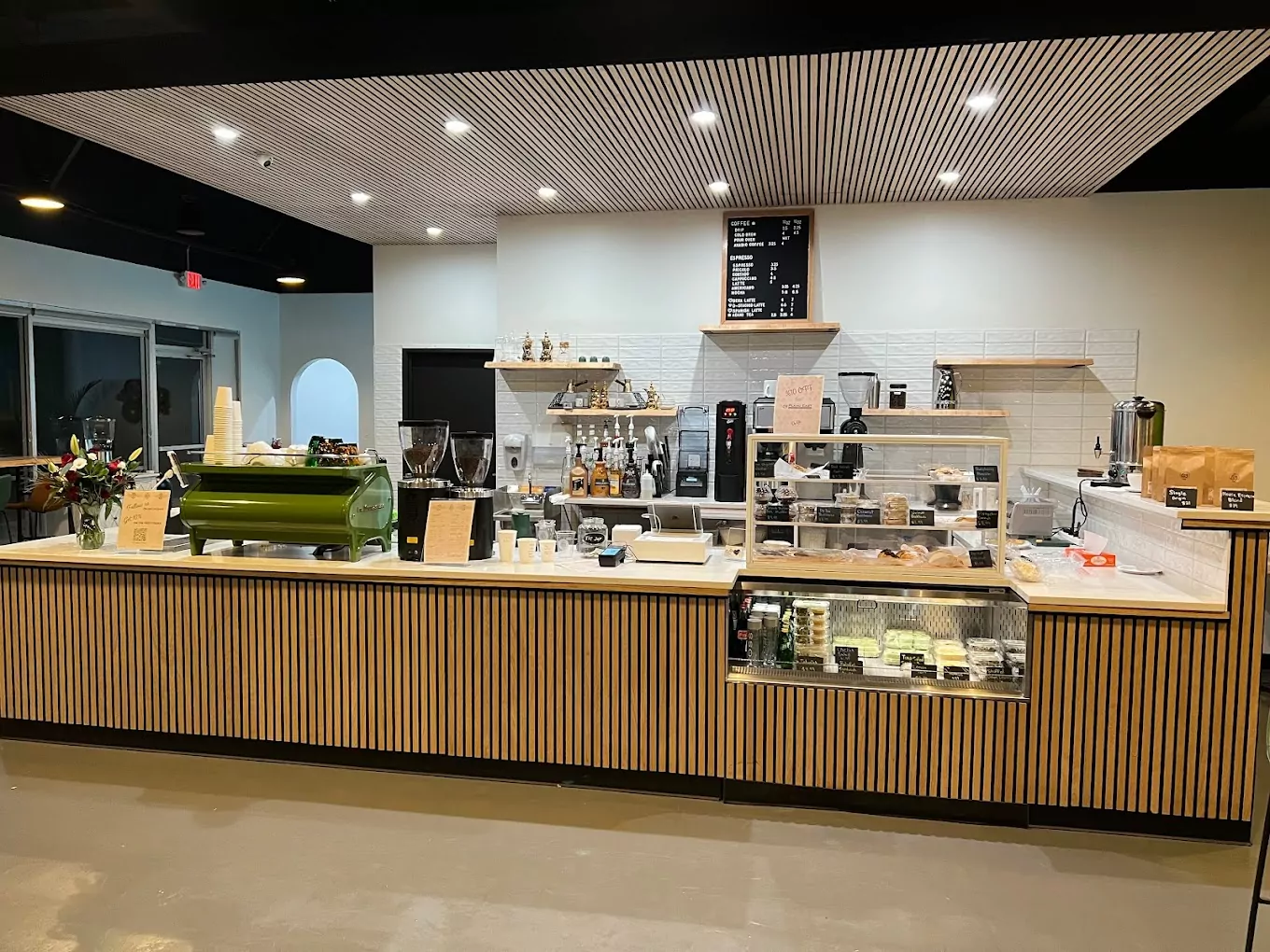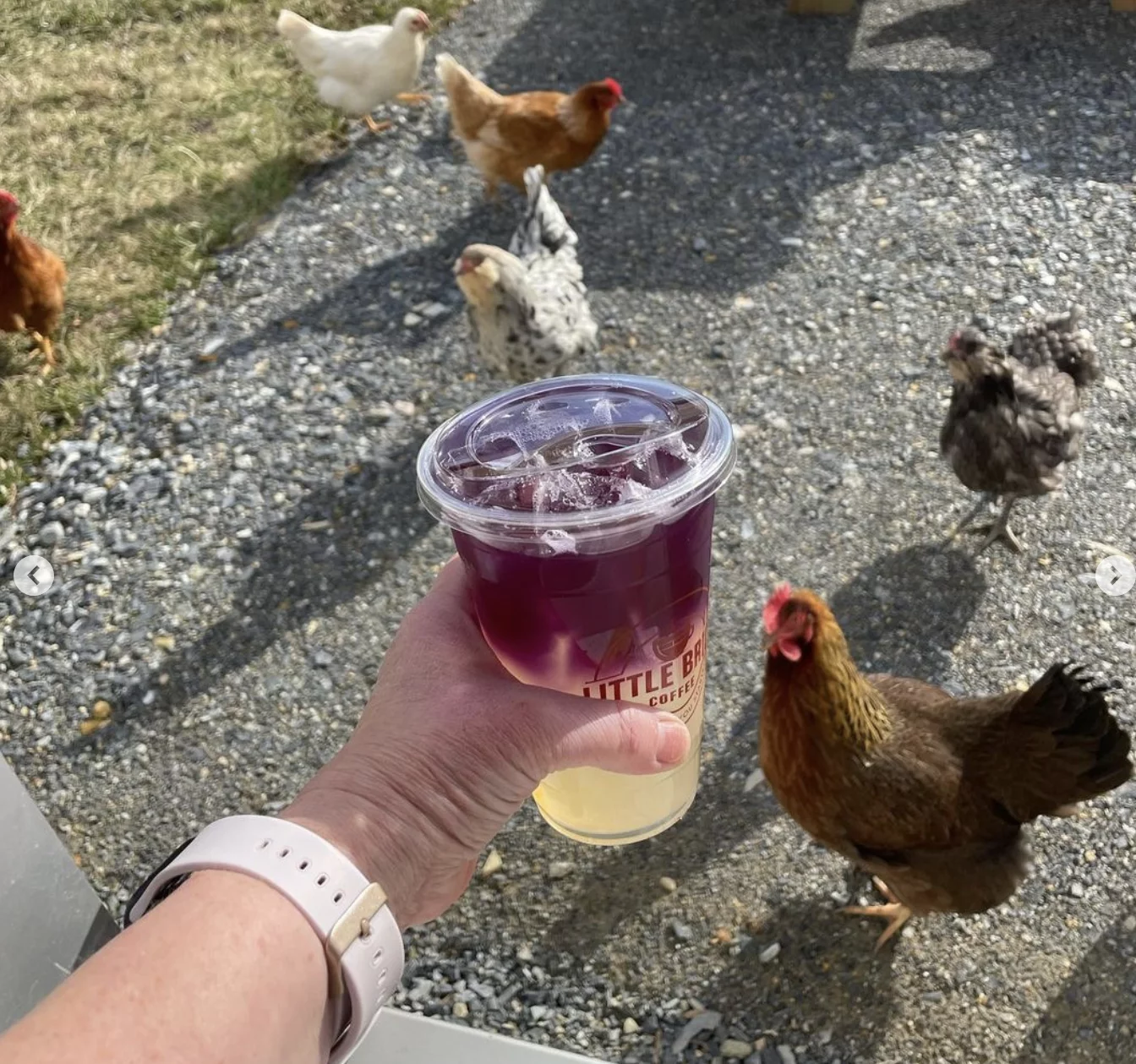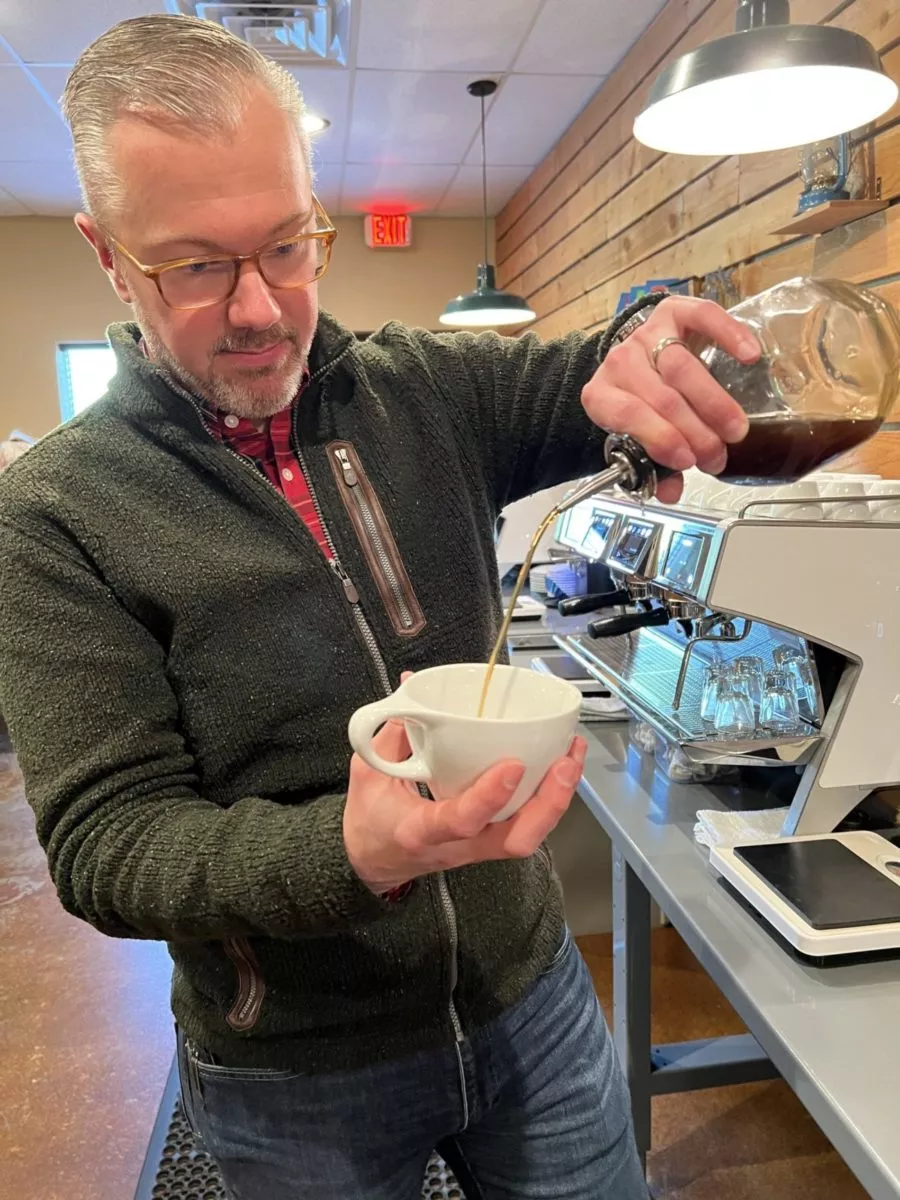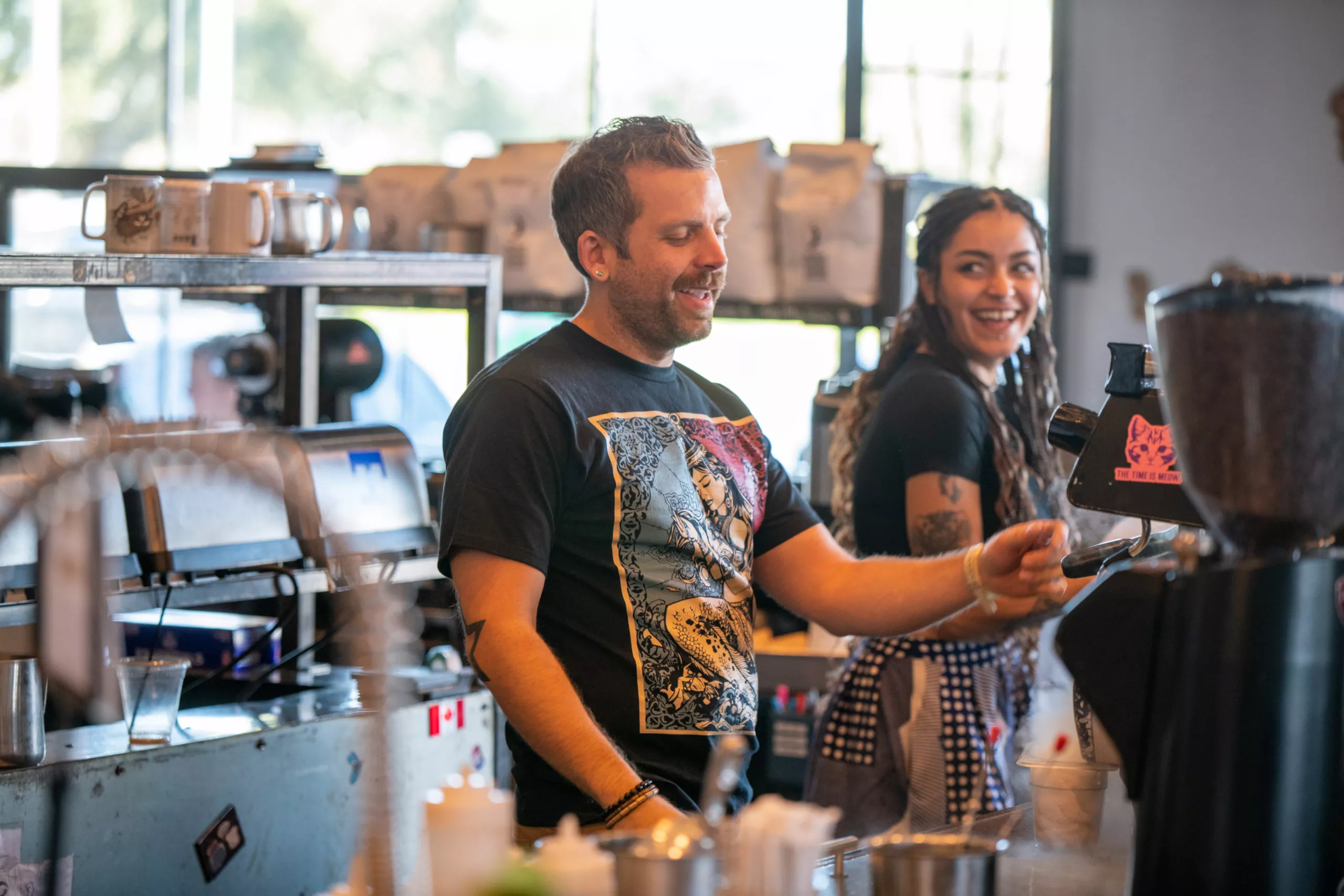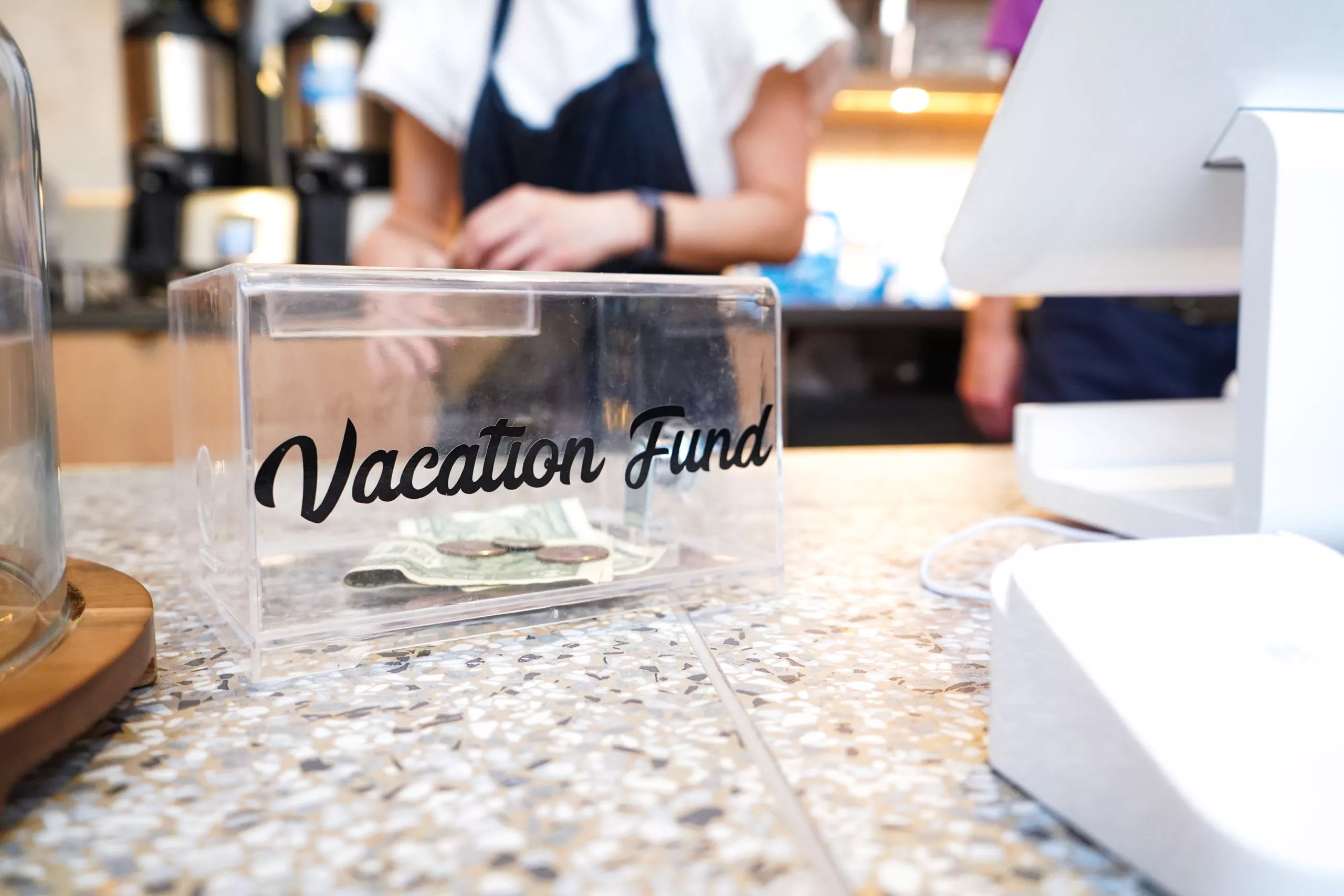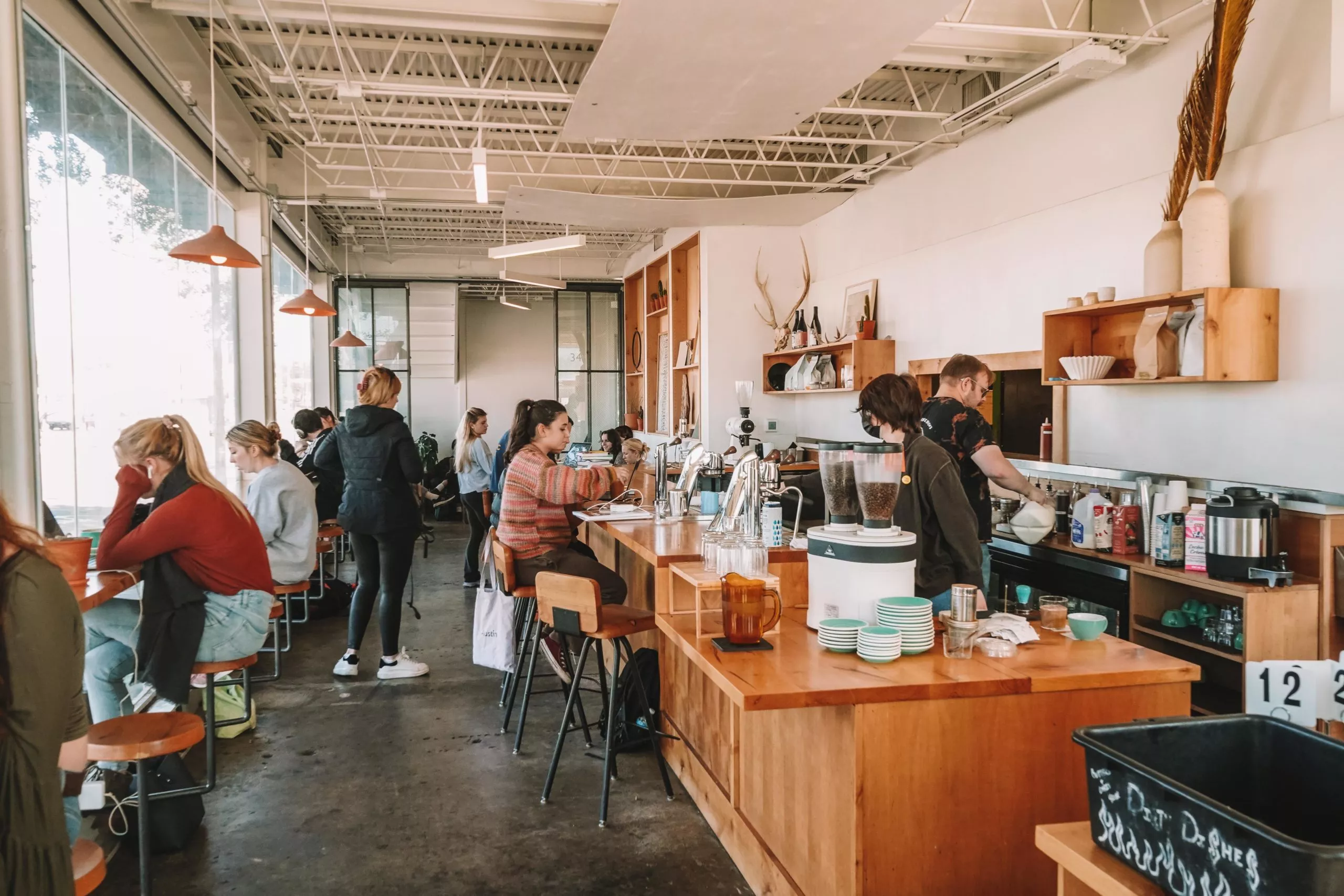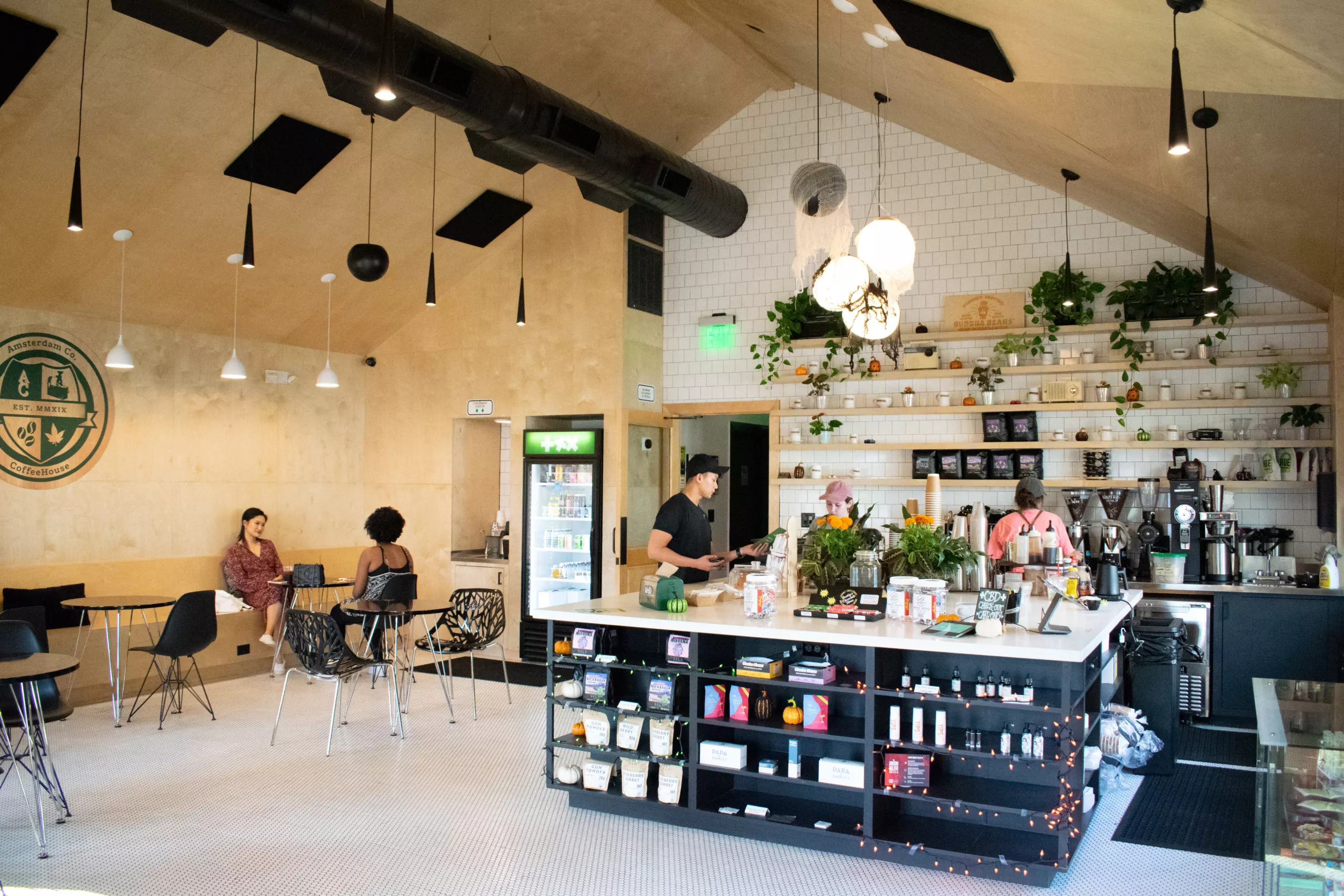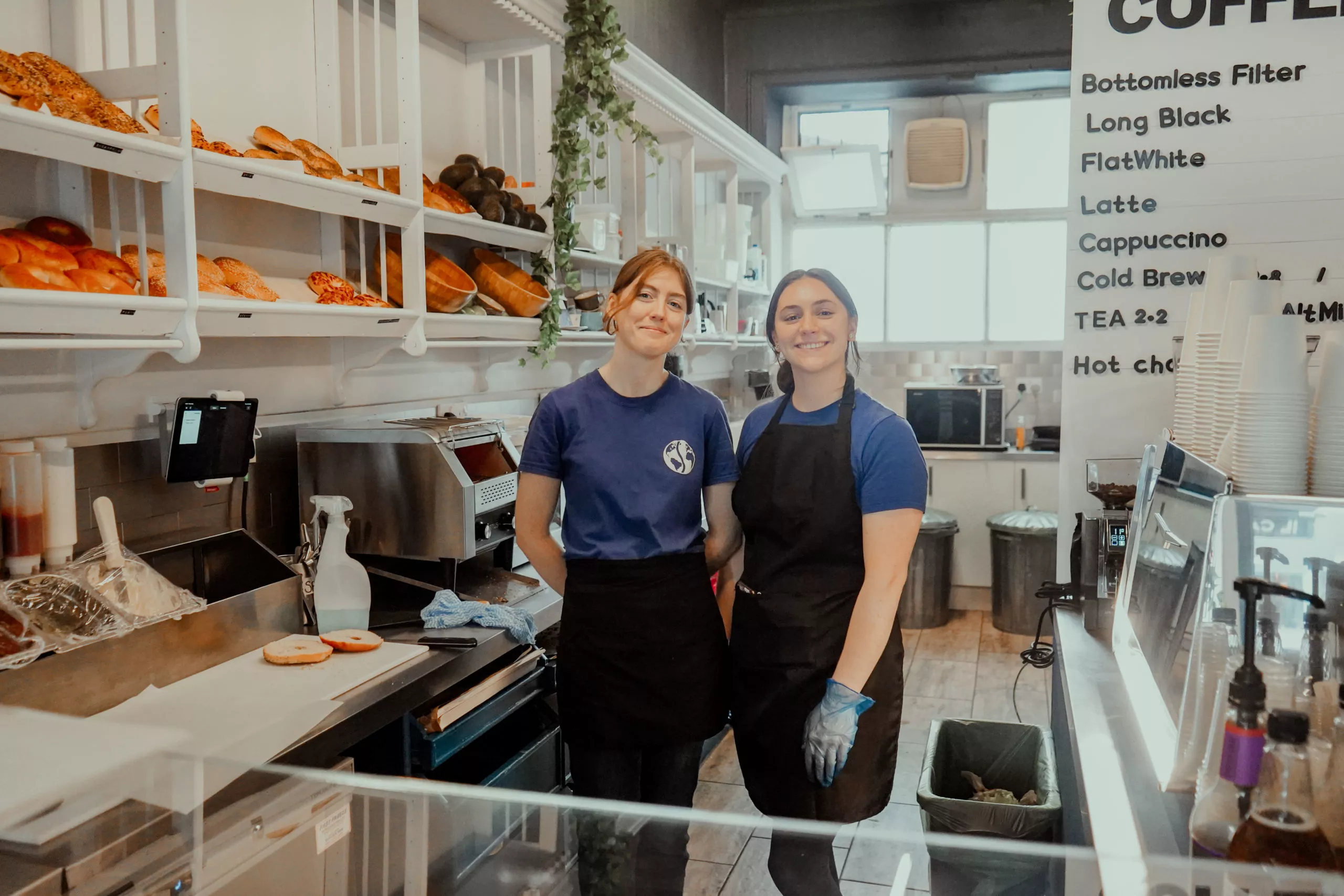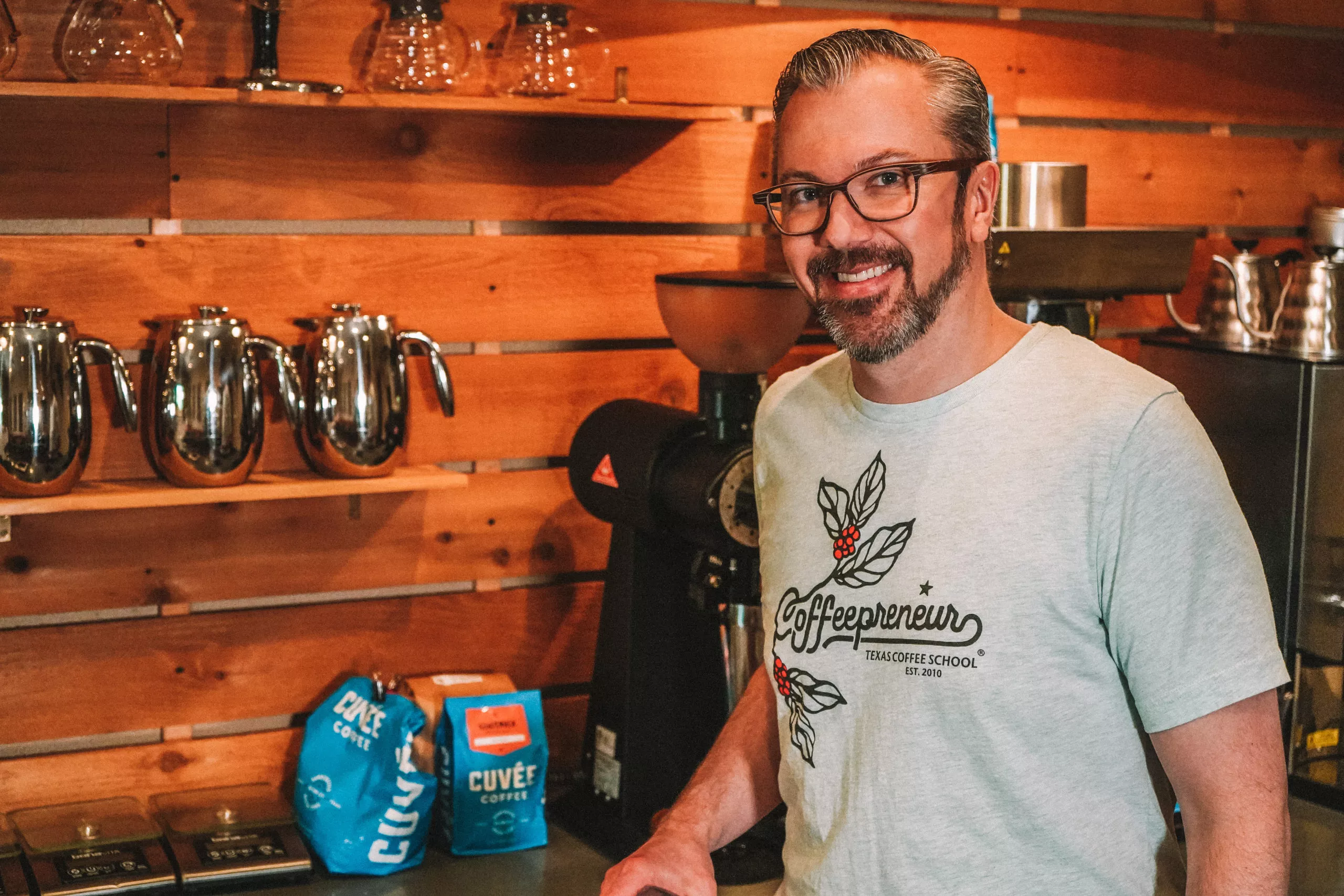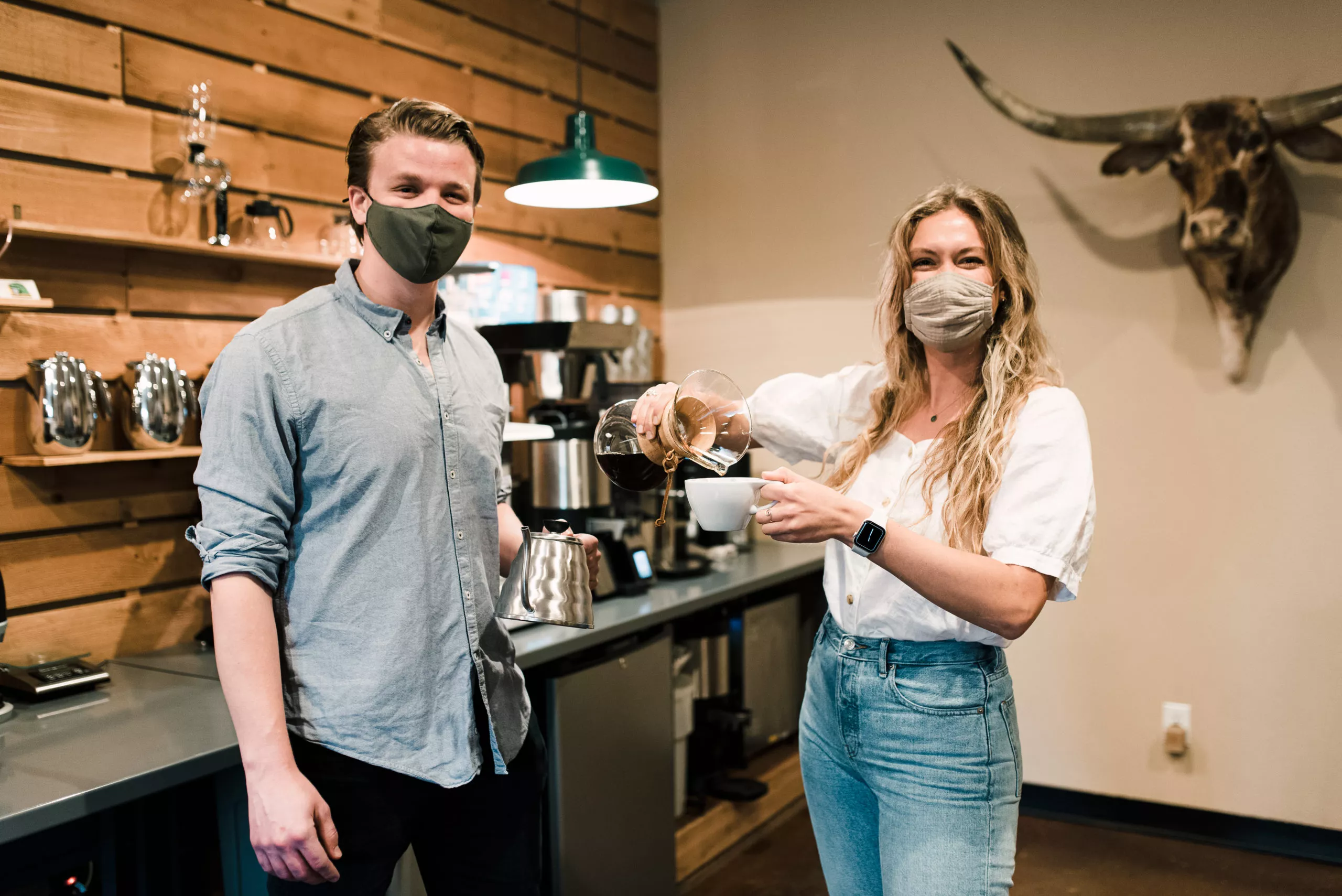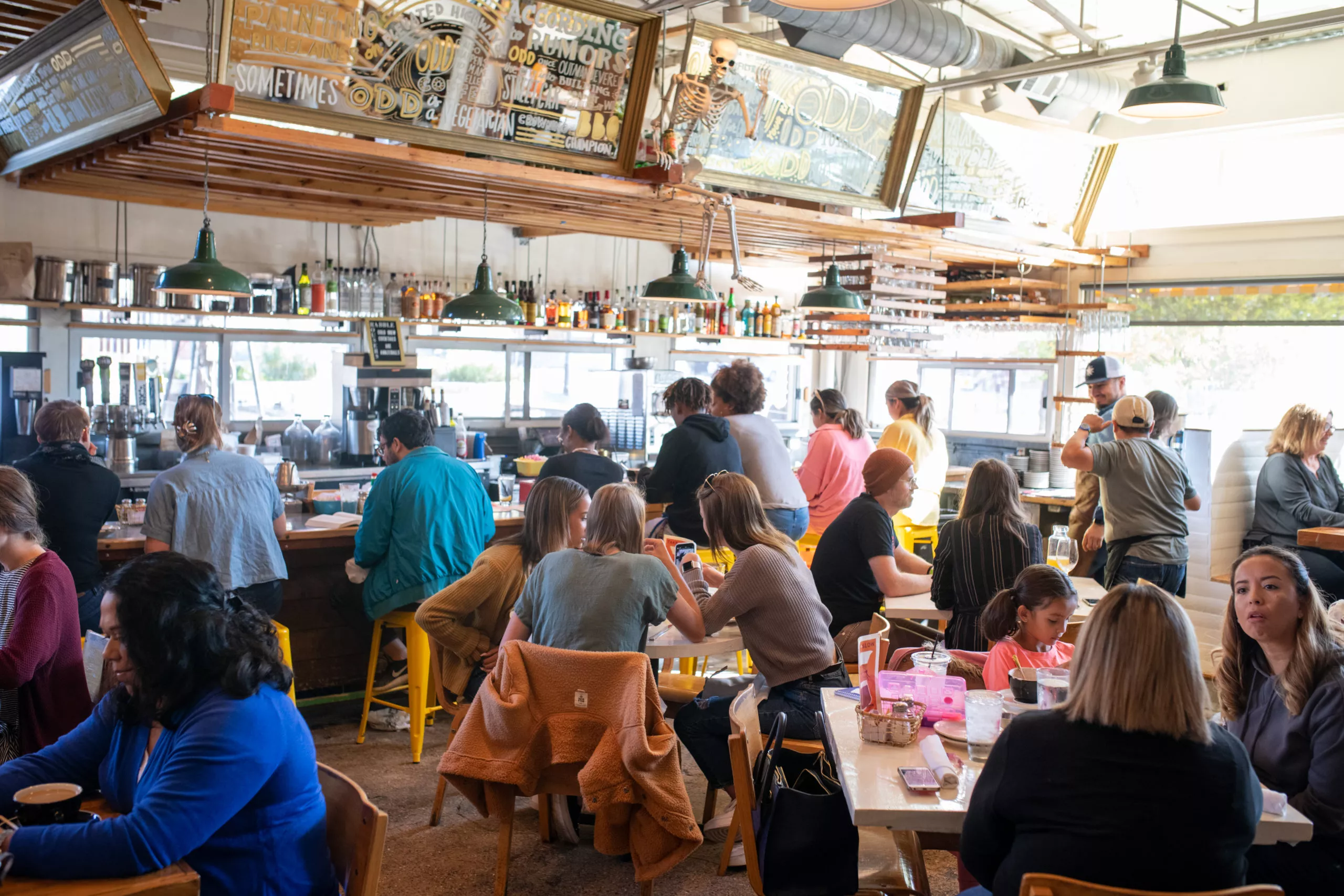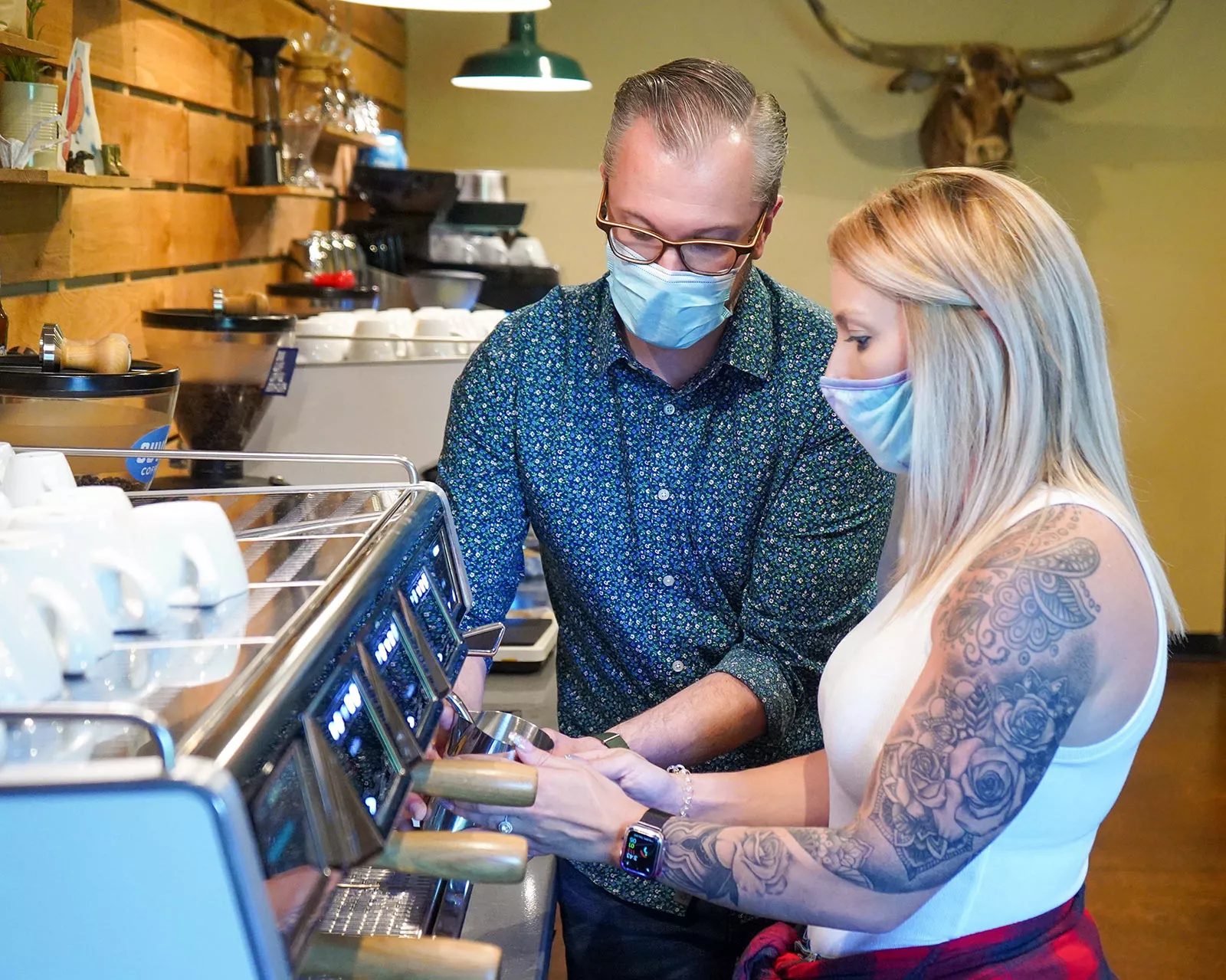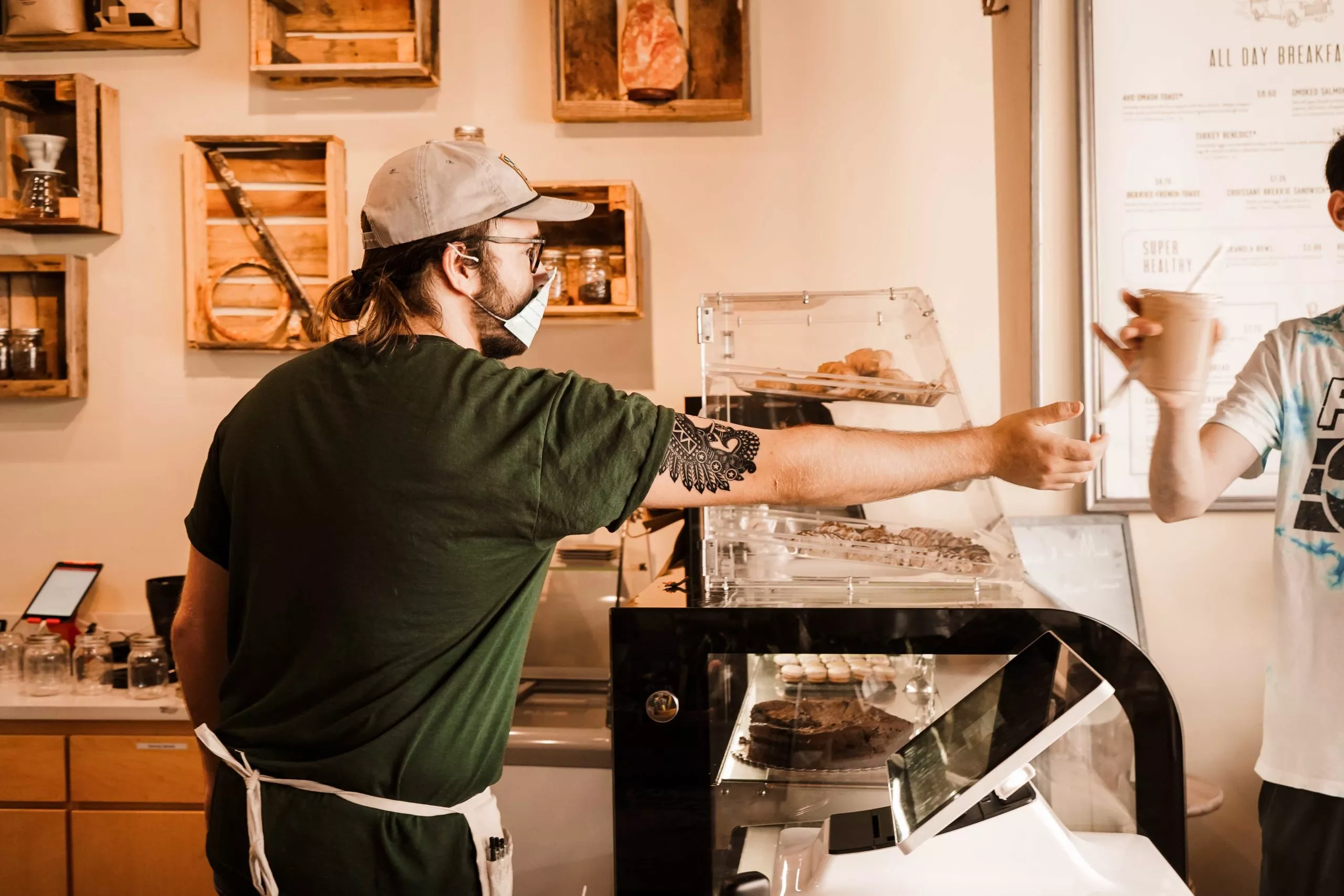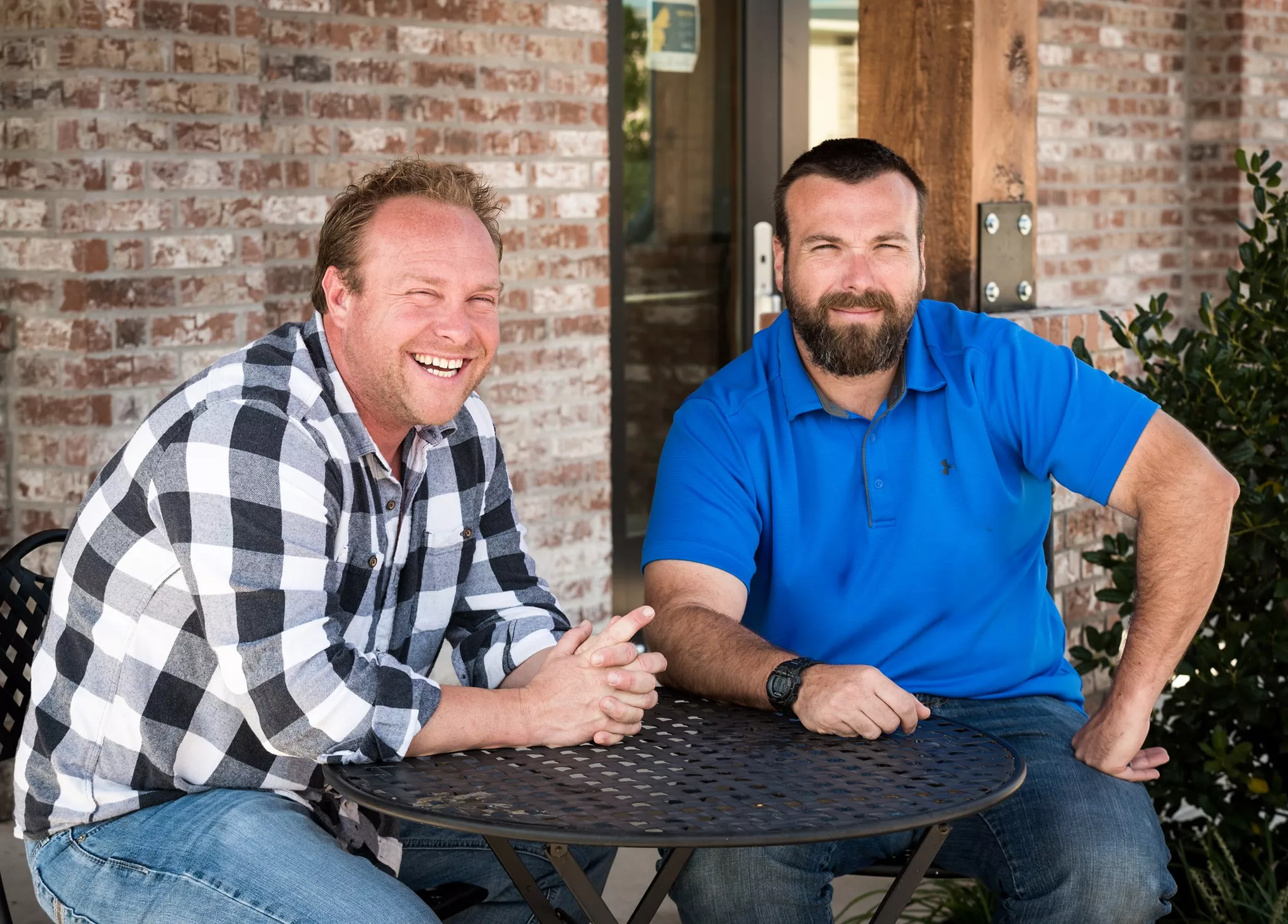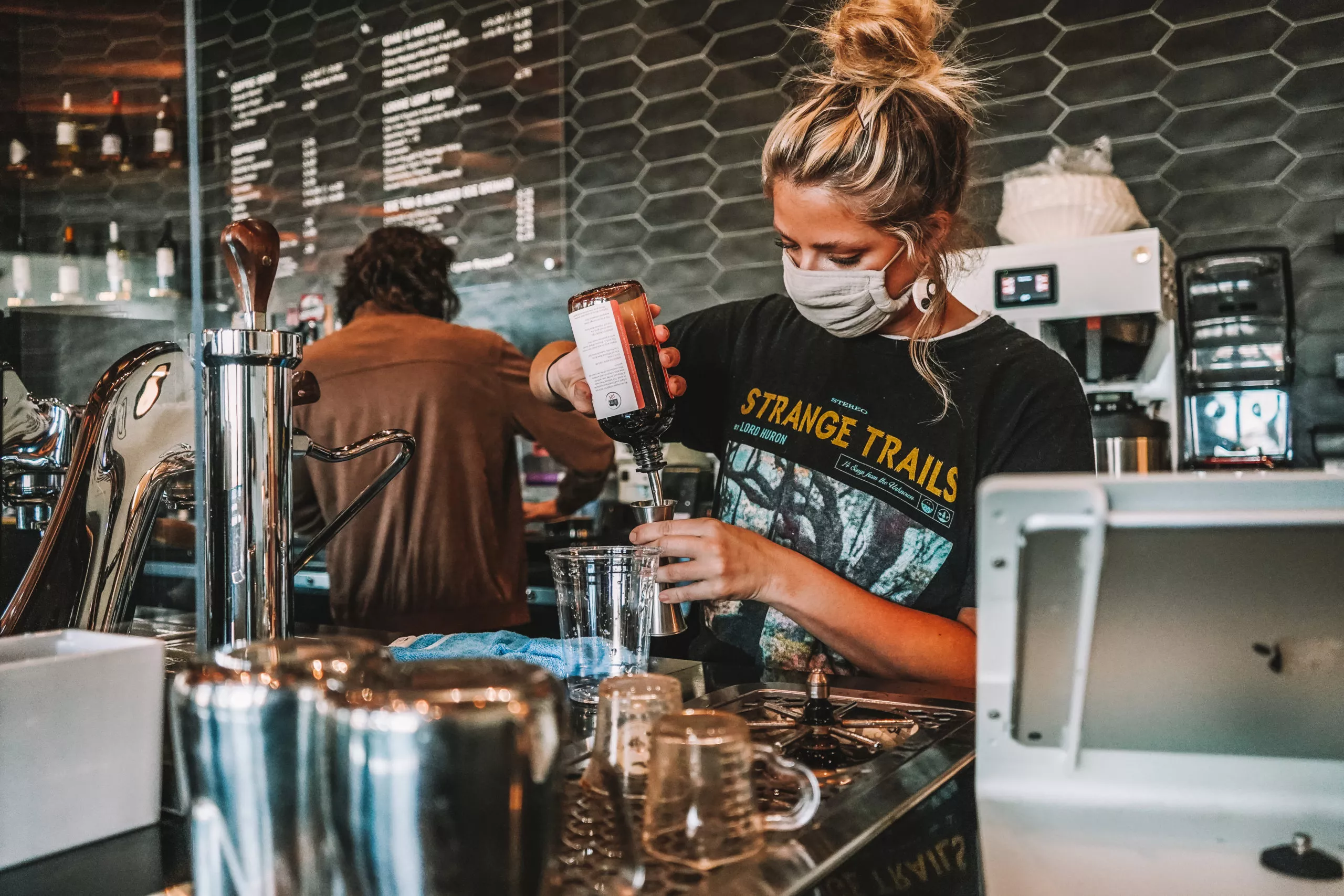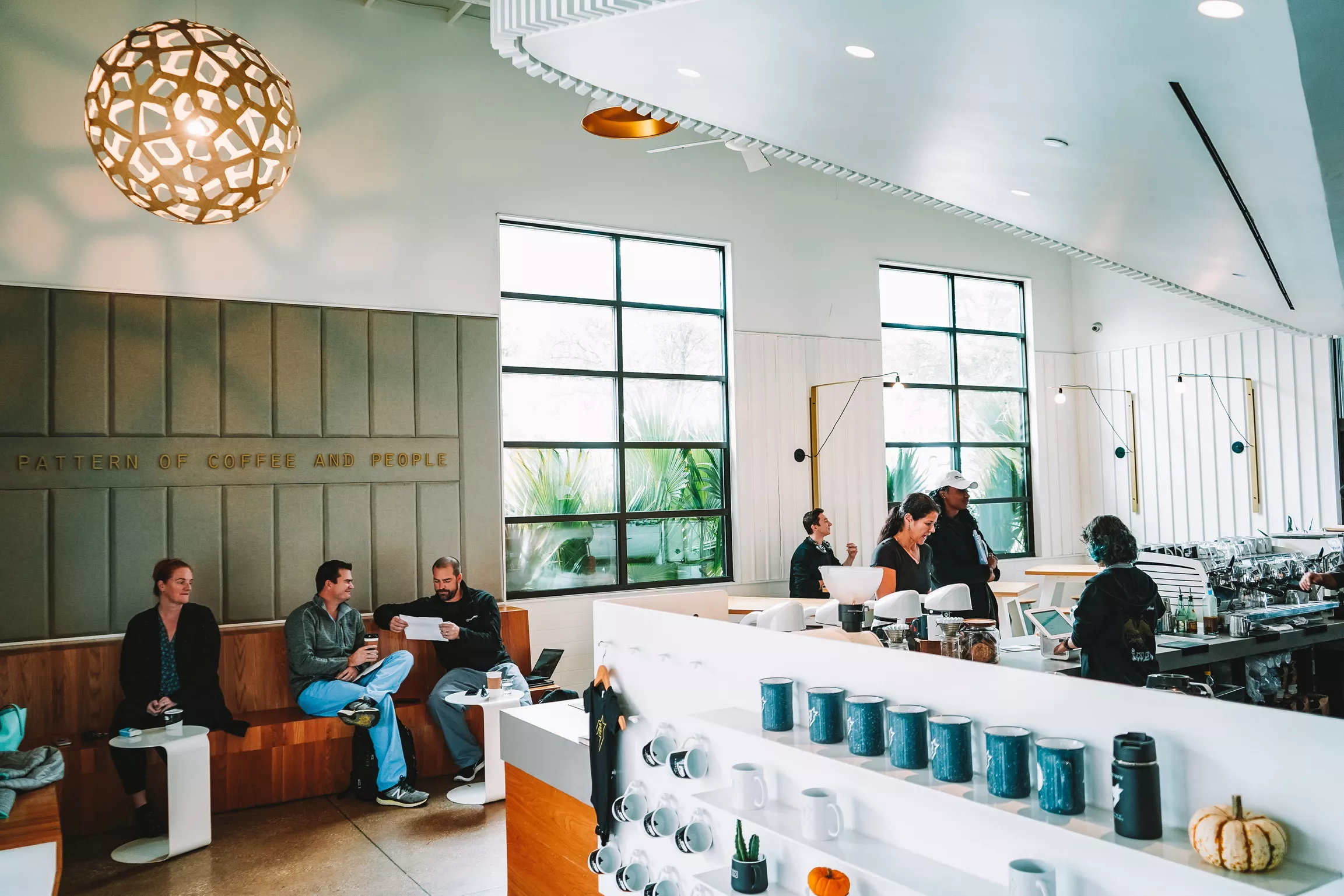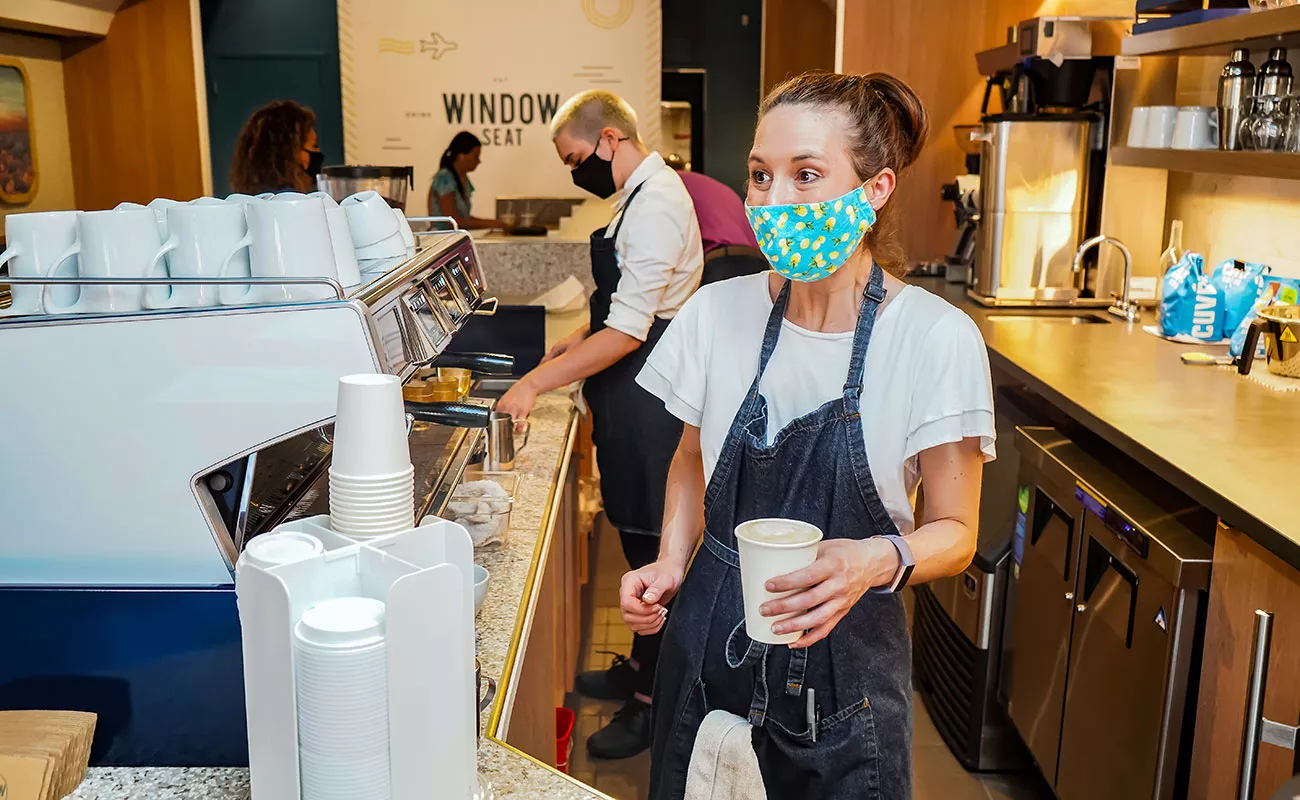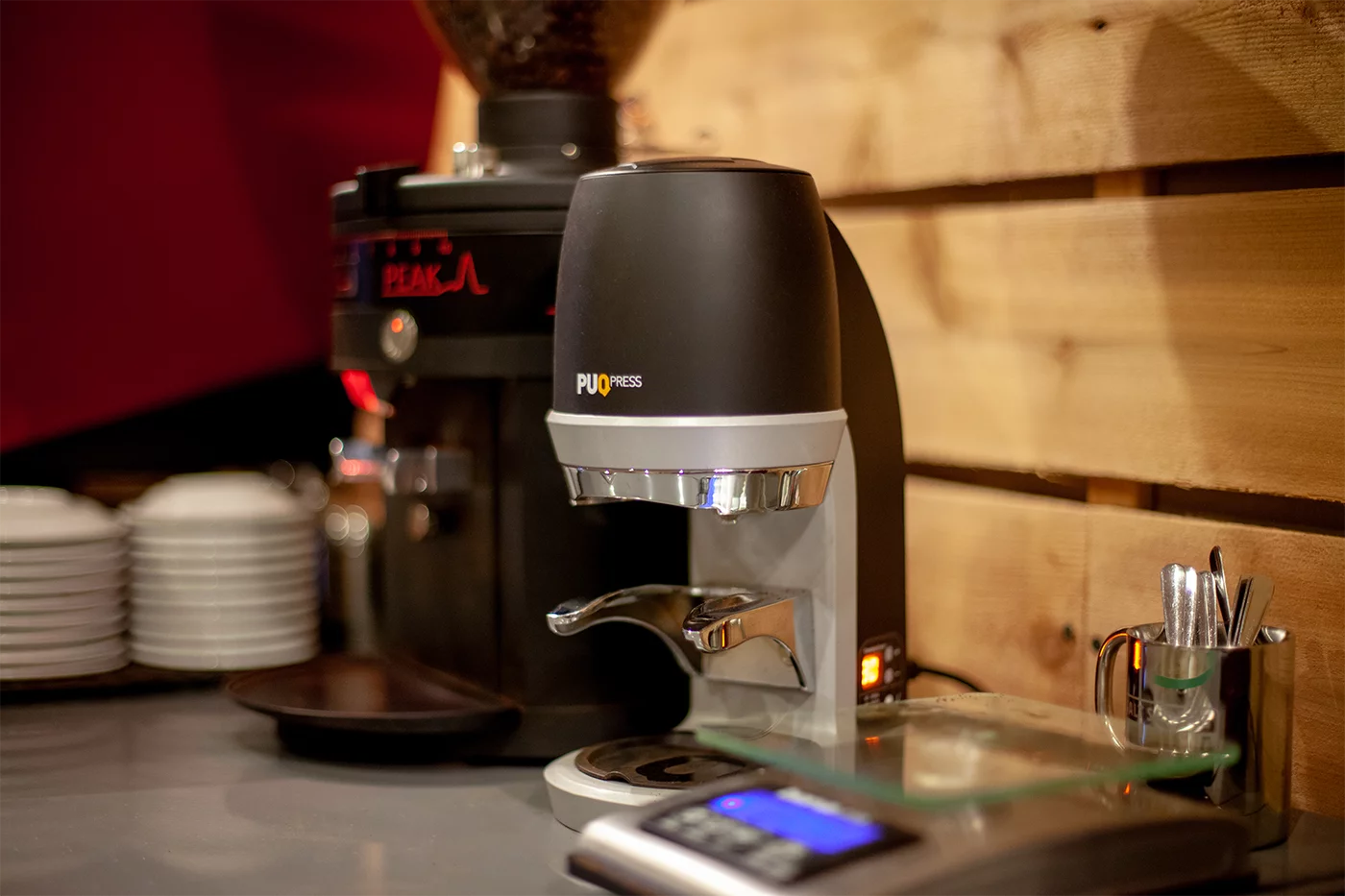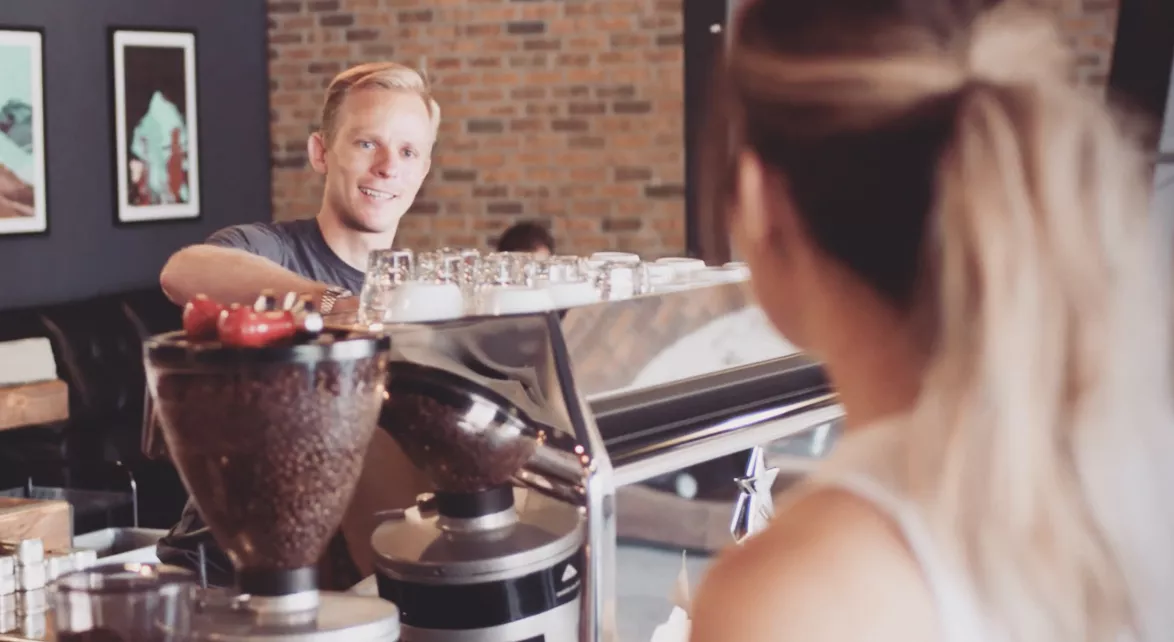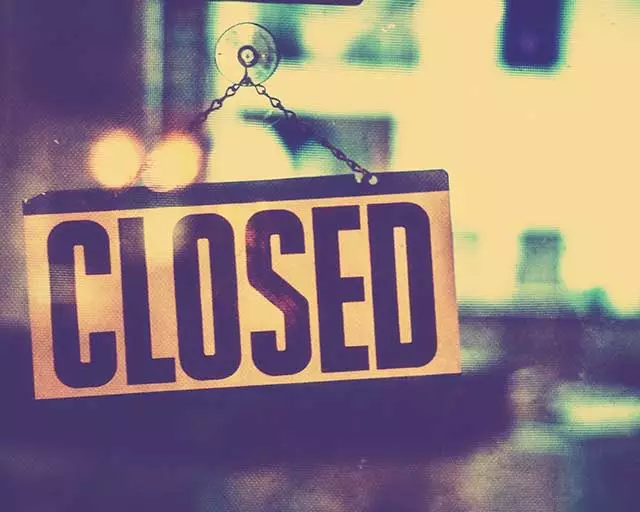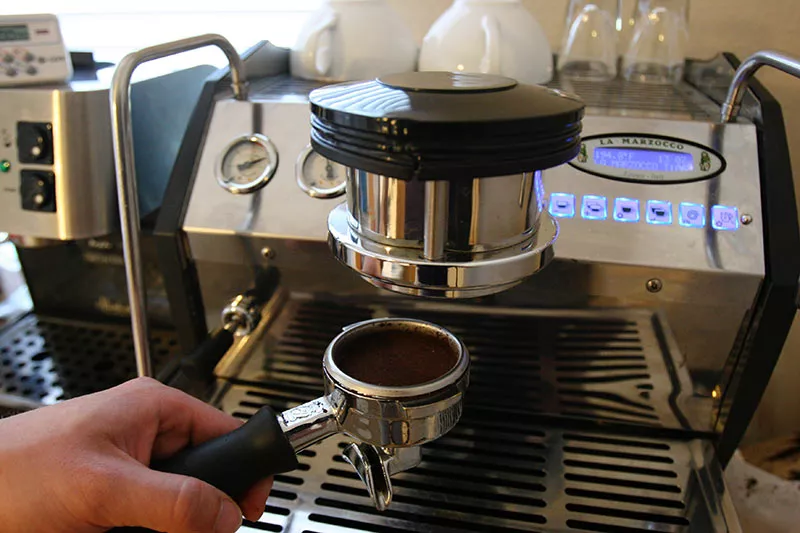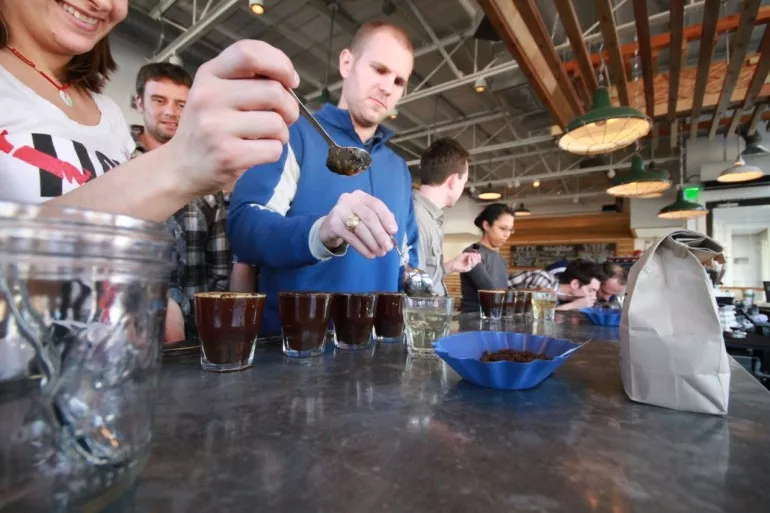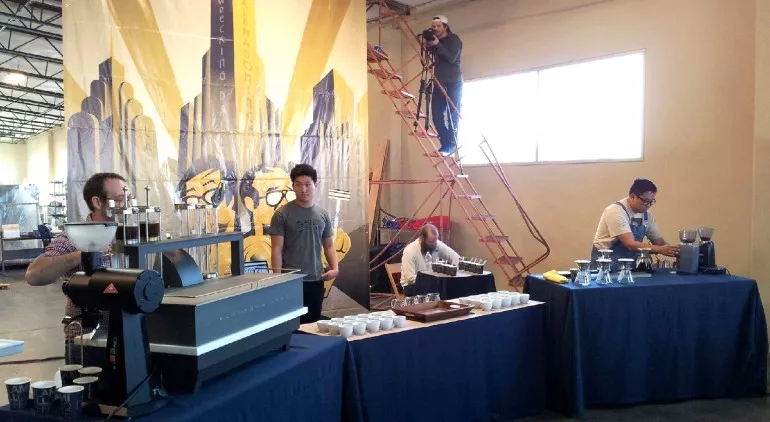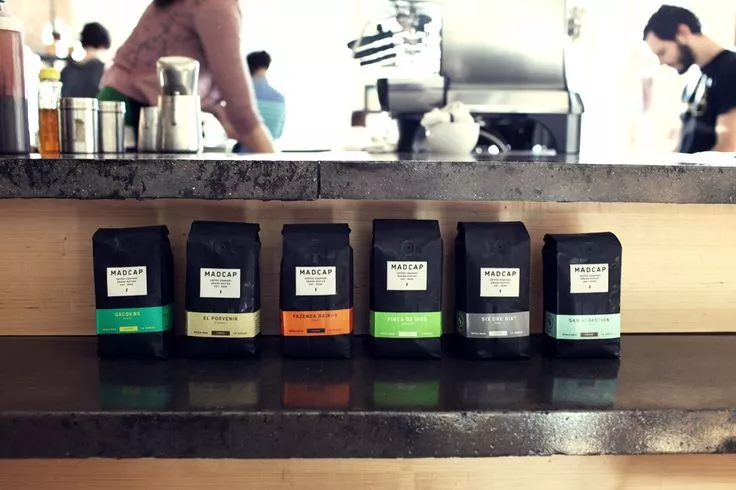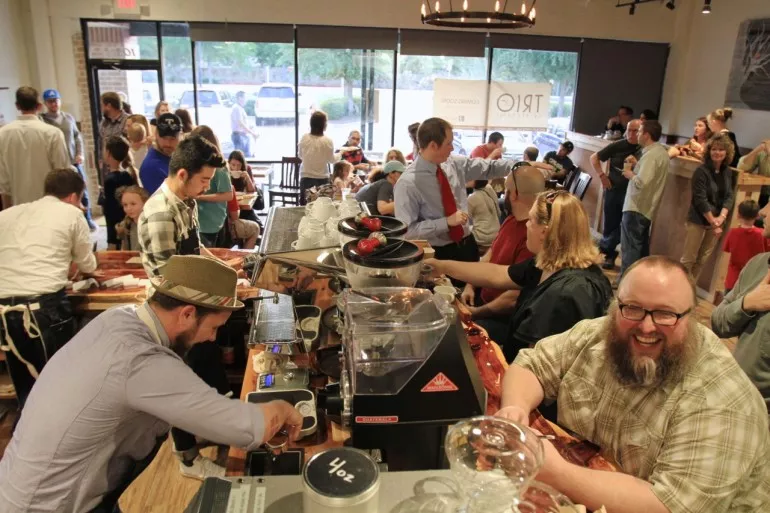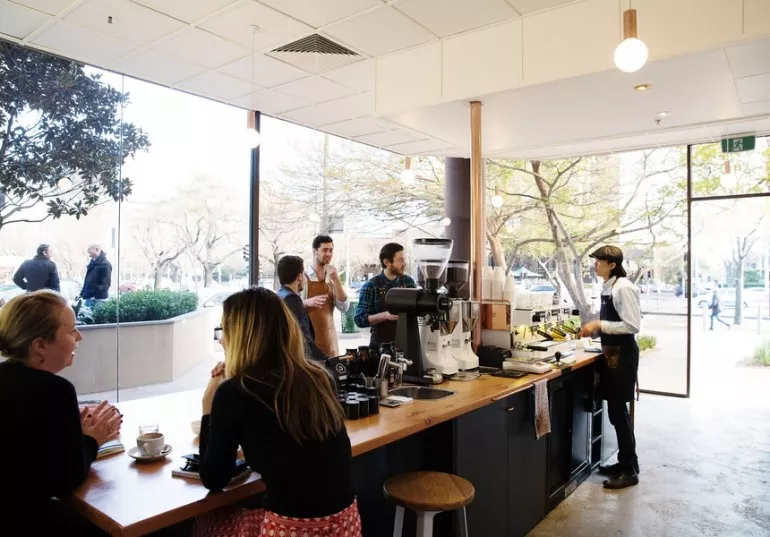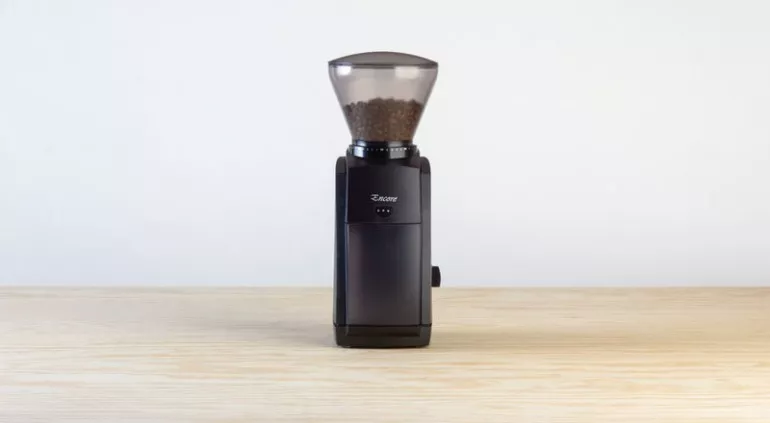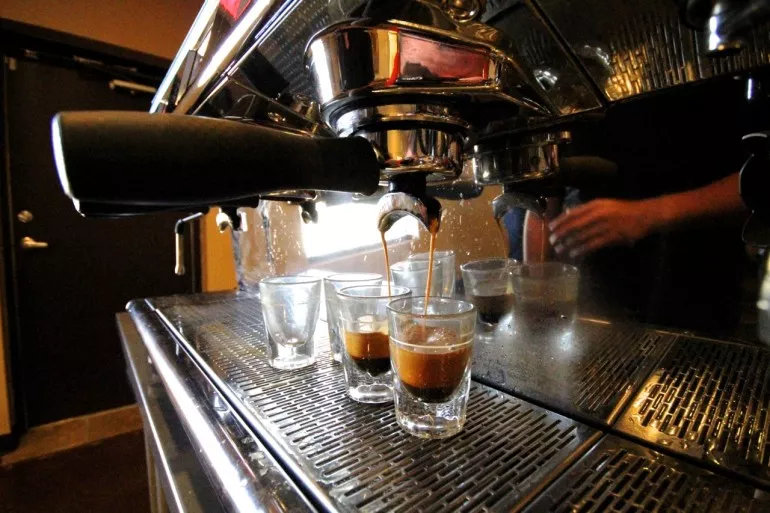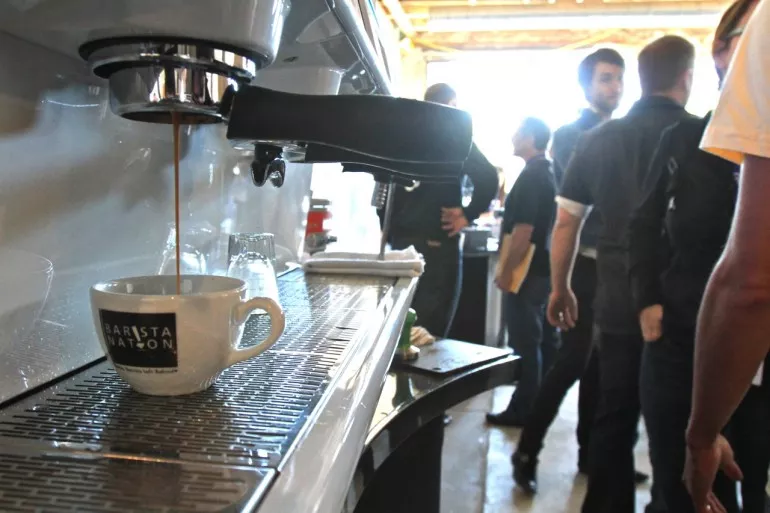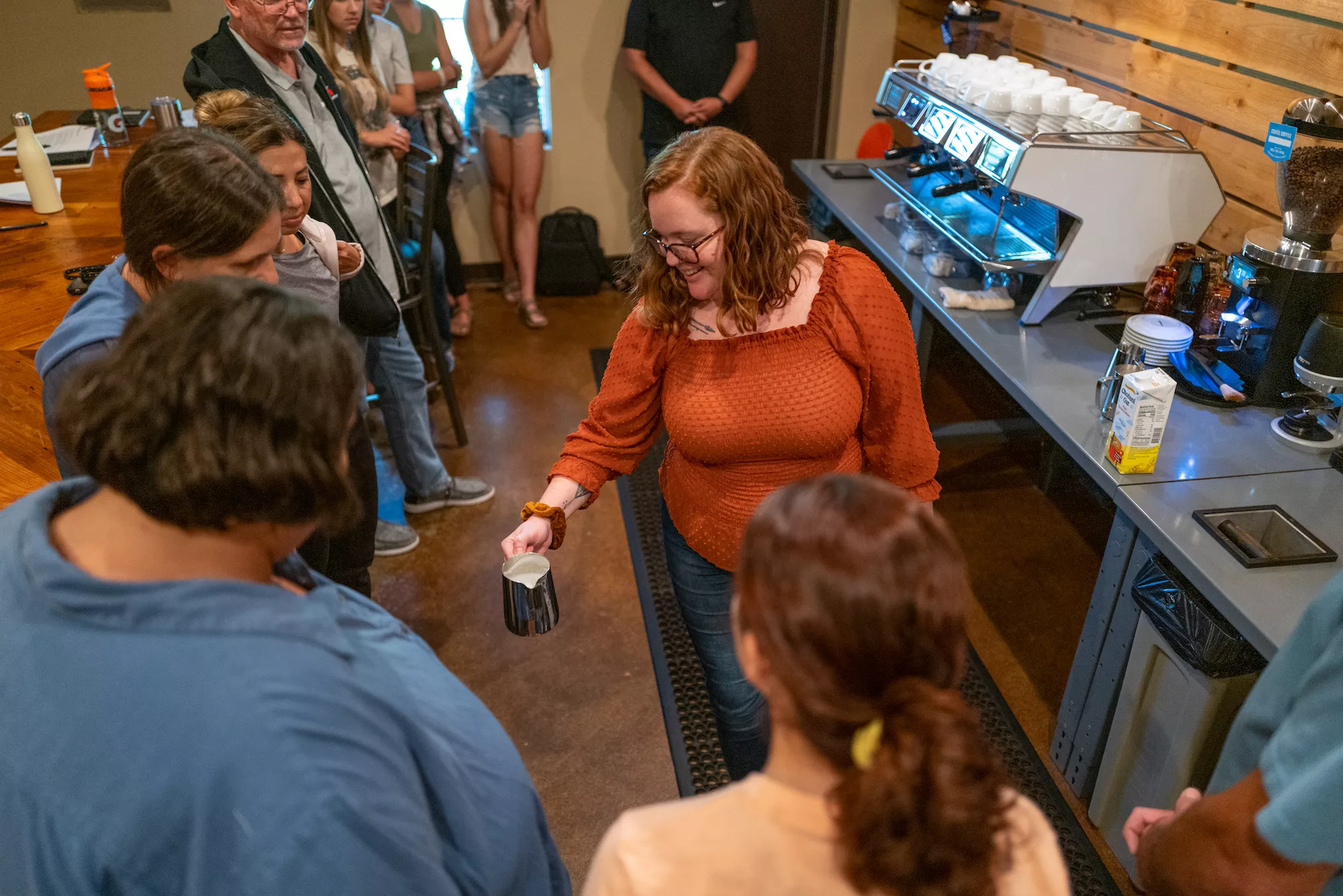
3 Ways to Dial in Coffee Shop Operations
Why Are Coffee Shop Operations Systems Important for Owners?
The phrase, “work smarter, not harder,” has been around a long time. But it hasn’t lost its relevance. Working smart prevents burnout—the feeling of exhaustion that comes from ongoing stress or a heavy workload. Dialing into coffee shop operations is the key to freeing owners from burnout.
As an entrepreneur, avoiding exhaustion is tricky. We meet coffee shop owners all the time who are burned out from the daily grind (no pun intended). But a small business can’t grow if the owner makes themselves an irreplaceable part of daily operations. A successful coffee shop can operate independently, like a well-oiled machine. That’s what makes expansion to other locations and increased sales volume happen.
A well-run operations system helps owners step out of the day-to-day tasks. You can start working on your business, instead of in it. Let’s talk about three important steps to take toward an efficiently-run coffee shop:
- Build an effective team.
- Create systems and processes.
- Identity inefficiencies.
Texas Coffee School teaches students how to manage a coffee shop like a pro. This course is designed to be the turn-key solution for coffee shop, bakery, and cafe owners that need to get themselves or their coffee shop managers trained on critical business operations and management skills.
View the list of upcoming Coffee Shop Management Training Courses and register today!
3 Ways to Dial in Coffee Shop Operations
1. Build an Effective Team
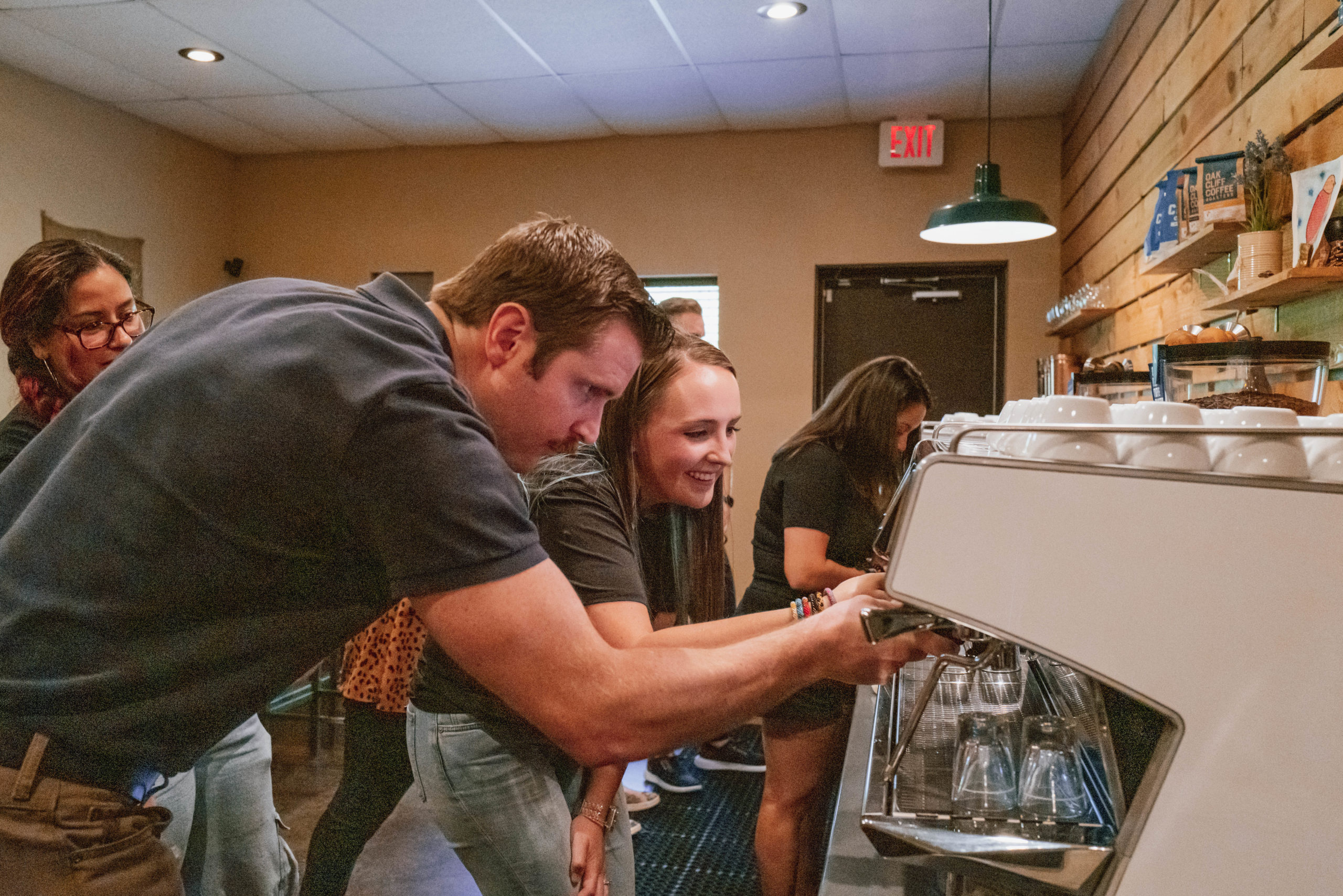
Behind every thriving coffee shop is a high quality team of employees. That’s why coffee shop management is the first thing owners should focus on when dialing into operations. You can create an environment that runs efficiently and offers the best experience for your customers. Here are a few how-to’s:
Set a labor budget.
Put simply, a labor budget is how much your shop spends on wages for employees. This can vary by day of the week due to differences in sales volume. You should determine a maximum, minimum, and target cost of labor to aim for each day based on your projected sales. You don’t want to be under or over staffed because either way you lose money. Keep an eye on your historical hourly sales reports each day of the week to schedule labor coverage more effectively.
Train a great trainer.
If you want to take a step back from the day-to-day, you must equip someone to step up and help train employees. Choose a staff member with patience, willingness to teach, and clear communication skills. Then, train them to the highest standard of quality and efficiency—so they know how to train others. Once this is done, you can trust that the education of current and future employees is in good hands.
Hire a manager.
With a trainer in place, you can start looking for a qualified manager to fill your shoes in other daily managerial tasks. Look for candidates with management experience in fast casual dining establishments. Even the big chains! The experience and training they bring with them can be applied to your existing operations system and can make it even better. (Texas Coffee School even offers a Coffee Shop Management Training Course to help bring managers from any experience level up to speed in coffee shop operations! View the upcoming class schedule here.)
Deploy your staff.
Deployment—also called delegation—is when you give each employee a specific role and routine to fulfill. The roles might change regularly based on the volume of customers and number of people scheduled, but having them in place helps employees understand what they’re responsible for. A manager can put together a deployment plan and communicate it to staff members.
2. Create Coffee Shop Operations Systems and Processes
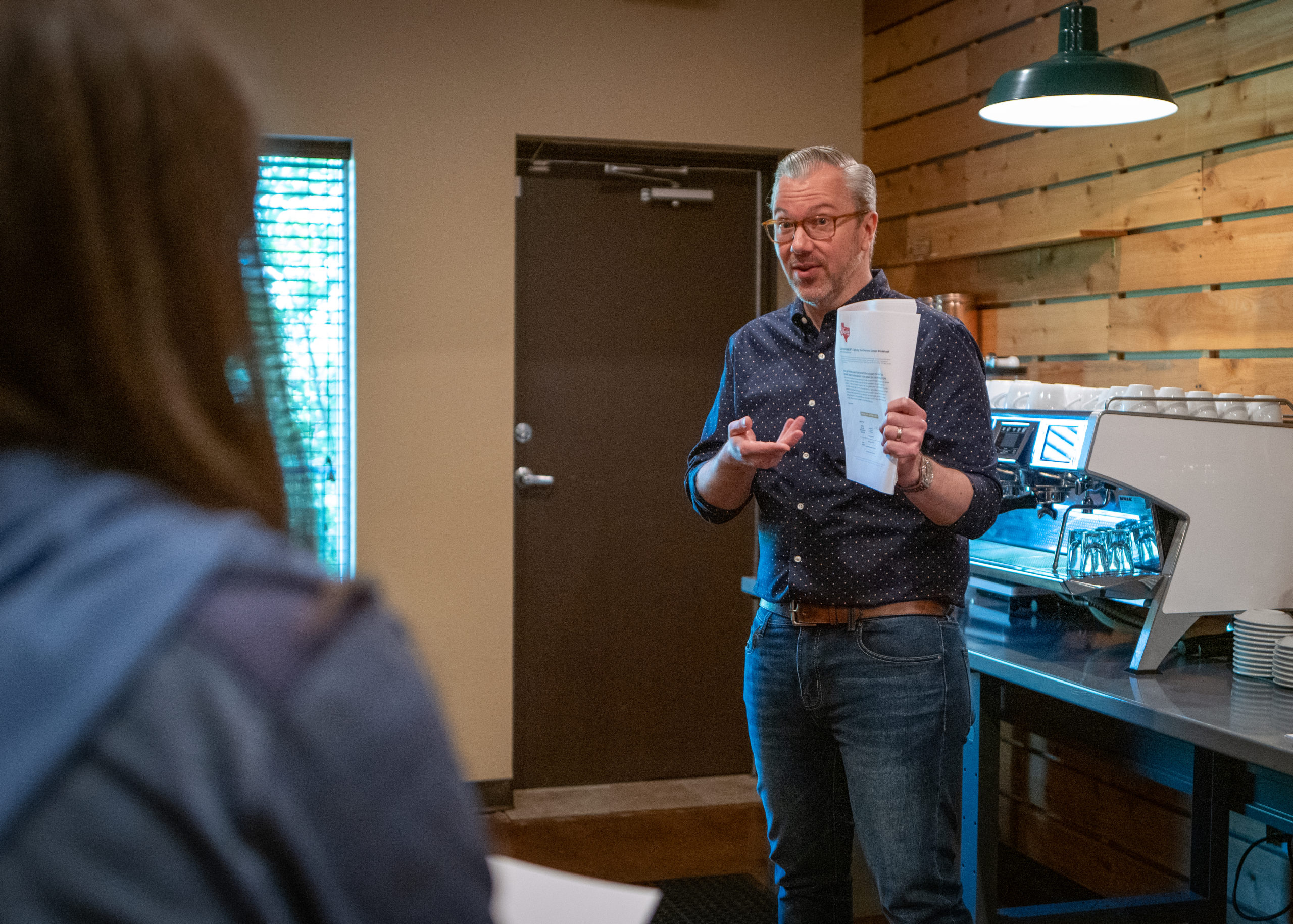
With a great team in place, the next step is to examine your current operations and how they could be refined. It might be helpful to summarize new operational standards in a few key documents. Try creating these resources to guide your operations:
- Deployment map. This map accompanies the deployment of staff members explained above. You and your coffee shop manager can make a plan for each role and routine based on the different needs of each day—like who’s working, how many customers are coming in, and what tasks need to be done. Having a reference for every role will make deployment faster and simpler.
- Cleaning checklist. It’s not the most fun part of operating a coffee shop, but cleaning has to get done! In fact, it’s a best practice for keeping operations running smoothly. A cleaning checklist might include weekly tasks like deep cleaning refrigerators and ice machines and daily tasks like backflushing espresso machines, cleaning coffee urns, and floors.
- Budgeting guidelines. Texas Coffee School shares detailed budget goals and percentages for monthly rent, cost of goods sold, labor, marketing, and other operating expenses with students in both our 3-Day Coffee Business Master Class and Coffee Shop Manager Training Course.
3. Identify Coffee Shop Operations Inefficiencies
Finally, it’s time to look for blind spots and inefficiencies in your current coffee shop operations. You could try visiting the shop as a bystander, observing the guests and baristas and noticing any surface-level inefficiencies. For example, is the bus tub overflowing with dirty dishes? Has the milk station been neglected? Are the baristas understaffed and having to rush through drink orders? These are inefficiencies that should be easy to notice and quick to fix.
Next, you can run reports and check your data. You might notice that customer wait times have increased or staff turnover is high. These issues might need a more methodical approach.
Continue Learning at Texas Coffee School

If you’re ready to get your coffee shop operations on track, don’t wait to continue your education.
- Our 3-Day Coffee Business Master Class will teach you how to grow your own independent coffee shop business and improve operations.
- Our Coffee Shop Management Training Course will teach you or your hired manager how to be an effective team leader and manage operations as it relates to the company’s customer needs, employee needs, and store needs.
- And our Professional Barista Training Class will teach you or your baristas the skills necessary to feel confident working as a barista in a quality-oriented coffee shop environment.
We hope to see you soon at Texas Coffee School!

Register for a Coffee Class
The Best Coffee Training Available
We’ve helped hundreds of students successfully launch their own coffee shop businesses. Join us in our 5-Star Rated Coffee Classes, whether you’re an aspiring entrepreneur looking to open a coffee shop, a manager, a barista or home enthusiast looking to sharpen your skills.


